Admin
King Khufu was considered the second king of the Fourth Dynasty in ancient Egypt. He took power after the death of his father Senefru. He has a single ivory statue found at Abydos, whose name is inscribed on the seat of the throne and is now in the Egyptian Museum. During his reign, the Great Pyramid of Giza, which is the largest stone building in the world, was built.
Admin
Chephren | King Khafra
It is said that he ruled for more than 18 years. King Khafre left us a beautiful diorite statue found in the Valley Temple and now in the Egyptian Museum, and decided to build himself a great pyramid in Giza, like the pyramid of his father Cheops.
Admin
King Menkaure | Mycerinus
King Menkaure, the fifth king of the 4th Dynasty in the ancient kingdom of ancient Egyptian, assumed the throne after the death of his father, King Khafre. He built the third largest pyramid at Giza. It is possible that he died suddenly, so his son Shabskaf completed the construction of this pyramid.
Admin
Queen Hatshepsut | Queen of Egypt | The Pharaoh Woman
Queen Hatshepsut is undoubtedly the best-known female ruler of the world, especially ancient Egypt after Cleopatra VII, and one of the most successful queens in Egyptian history. She is also known as Ghanemat Amun Hatshepsut, and her name means the Dora of princesses or the concubine of Amun, the favorite of the ladies, and she is considered the fifth in the line of kings of the XVIII Dynasty.
Admin
Alexander the Great
Alexander the Great, ruler of Macedonia, conqueror of the Persian Empire, is one of the smartest and greatest war leaders of all time. He was the son of King Philip II of Macedon and became king after his father's death in 336 B.C. He conquered most of the known world of his time. Hence known as "the great" for both his military genius and his diplomatic skills in handling the diverse populations of the regions he conquered.
Admin
Tutankhamen | The Golden King of Egypt
Had his glittering, treasure-filled tomb not been discovered, the world would not have known King Tutankhamun, who became the talk of archaeologists and became one of the most important Egyptian explorations found in the Luxor Governorate in the Valley of Kings and Queens.
Admin
King Akhenaten | Amenhotep IV | Monotheism in Ancient Egypt
Akhenaton was the first Egyptian king to think of a latent power behind the disk of the sun. He called this power the name of a god, Aton, and after that, he left all the Egyptian gods and left Thebes where the priests of Amun and his followers were present and established a new city. He lived in this city for about 17 years worshipping this new god, but his only mistake was that he made people worship the new god through him, so when Akhenaton died, the new worship of Aton ended completely. And that's before considering his marriage to Nefertiti, known as the Mona Lisa of antiquity thanks to her beautiful limestone bust discovered in a sculptor's workshop at Amarna and now in the Egyptian Museum in Berlin, or the likelihood that he fathered Tutankhamun, the most famous pharaoh of them all.
Admin
King Ramses II | Ramesses II | Ramses the Second
Ramses II is the most famous King of ancient Egypt who built the Abu Simbel Temple which is an archaeological site located on the mountain south of Aswan and is distinguished from other temples of the ancient Egyptians by the occurrence of a phenomenon that is the most important among the 4,500 astronomical phenomena witnessed in Pharaonic Egypt and attracted the attention of the world when the sun passes over the face of Ramses II inside his temple twice a year.
Admin
Muhammad Ali Pasha | Muhammad Ali of Egypt
Mohamed Ali Pasha was the founder of the dynasty that ruled Egypt from the early nineteenth century to the mid-twentieth century, that is, the founder of modern Egypt.
Admin
King Thutmose III | Tuthmosis the Third
King Thutmosis III, is the greatest ruler of Egypt throughout history, as he is the founder of the first Egyptian empire. He treated the people of the conquered countries with noble treatment; they lived in peace and prosperity after joining the Egyptian Empire. None of the records mention that he lost any battle and there are some obelisks he built in different places of the world today. One of them is located in Central Park in New York State, and the other is located on the banks of the Thames River in London, and both have a strange name, "Cleopatra's Needle"!
Admin
King Djoser | King Zoser | Step Pyramid King
King Djoser is considered one of the most powerful Egyptian kings who mentioned his exploits in the Pharaonic civilization, and he is one of the kings of the Third Dynasty, and the most famous monument he left is the step pyramid that is visited to this day to see this great construction.
Admin
King Snefru | Founder of the Fourth Dynasty
Pharaoh King Senefru, founder of the fourth dynasty, and the famous father of Pharaoh Cheops, owner of the Great Pyramid, is considered one of the greatest builders in the history of mankind, as he presented 4 pyramids, took the lead in the emergence of pyramid building in human history.
Admin
Cleopatra VII | Cleopatra Philopator | The Macedonian Dynasty in Egypt
Cleopatra VII or Cleopatra Philopator, is one of the most important kings of Pharaonic Egypt, as she was the richest queen of the Mediterranean, besides being the most powerful woman of the Macedonian dynasty in Egypt.
Admin
King Menes | Narmer | 1st King of Unified Egypt
King Menes, also known as Narmer, is a pharaoh of the first Egyptian family and united the two countries, i.e. the northern and southern kingdoms of Egypt, around 3200 BC.
Admin
King Hor-Aha | Dynasty 1 | Horus Aha King
His name means "Horus the Fighter" and he is also known as the "Fighting Hawk" and simply by the name Aha. And he is believed to be the founder of the first family and therefore also the founder of the city of Enab-Hadj (Memphis). The Egyptian historian Manton mentioned that King Hor-Aha ruled for about 62 years.
Admin
King Djer | Kings of Egypt
Khant Dujar is a pharaoh of the first Egyptian family and is unknown; he ruled around 3050 B.C. He is believed to have campaigned in the country of Nubia and Libya and his tomb is located at Abydos, next to the tomb of his wife, Meredith, who is believed to have assumed power when his son was a minor.
Admin
King Djet
The 4th pharaoh of the First Dynasty of Egypt is King Djet. He established a mining policy during his reign; his name was found graved into a rock on one of the roads that connect Edfu to the Red Sea. He found his famous painting, now housed in Paris Louver Museum, which bears his name.
Admin
King Khasekhemwy | Pharaohs of Egypt
King Khasekhemwy, was the fifth and last pharaoh of the second Egyptian dynasty. Little is known about Khasekhemwei, except that he led many important war campaigns and built many statues, which still remain, reminding us of the war against the northerners.
Admin
Queen khentkawes | Queens of Egypt
khentkawes was the queen of Ancient Egypt during the reign of the Fourth Dynasty. she played an important role in the succession of the IVth and Vth dynasties. And she took many titles, such as Queen of Upper and Lower Egypt and Mother of the King of Upper and Lower Egypt.
Admin
King Huni | Third Dynasty Kings of Egypt
Some archaeological references indicate that King "Honi" was the one who started building the pyramid of Meidum - located in the region of Meidum near Memphis on the west bank of the Nile River at Beni Suef, about 100 km south of Cairo - but he died without completing its construction, so King Senefru completed it.
Admin
King Userkaf
King Userkaf, whose name means "strength is in his soul" is one of the first kings of the V Dynasty, built his pyramid in Saqqara, in addition to a temple dedicated to the sun god Ra in the area of Abu Sir.
Admin
King Sahure | Sahura | 5th Dynasty Kings
Sahure was the second pharaoh of the Fifth Dynasty in ancient Egypt. He ruled Egypt for 12 years in the 25th century BC and built a pyramid for himself at Abu Sir, thus moving away from the tombs of his Fourth Dynasty ancestors located at Saqqara and Giza, where his ancestors built the pyramids at Giza, and perhaps the presence of the Temple of the Sun built by Userkaf, founder of the Fifth Dynasty there, was the motivation for that.
Admin
King Unas | Last King of the 5th Dynasty
King Unas is an ancient Egyptian pharaoh and the last ruler of the Fifth Dynasty of the Old Kingdom. it is believed that the pyramid of Unas was the first appearance of the pyramid texts.
Admin
King Teti | 6th Dynasty Kings
It is not fully known for how many years Tete reigned. The Turin Papyrus written during the New Empire does not mention the number of years he ruled, but he is likely to have been a pharaoh of Egypt for a period of between 13 and 23 years. Tete built himself a pyramid at Saqqara, but it is now demolished. The ancient inscriptions neglected him, so he left no traces.
Admin
King Pepi II
King Pepi II was the fifth pharaoh of the sixth dynasty in the era of the ancient Egyptian state, his royal name "Nefer Ka Ra", which means "beautiful, is the spirit of Ra". He has the longest reign in history.
Admin
Salah El-Din Al-Ayoubi | Sultan of Egypt
Salah al-Din al-Ayyubi is a brave Egyptian leader who lived in the 12th century and had strong Islamic foundations that made him adhere to the causes of Islam, which made him achieve great accomplishments, as he united Egypt with Syria and recovered Jerusalem from the Crusaders, and thus his name entered the records of both Islamic and Western history.
Admin
King Amenhotep III
Amenhotep III, one of the greatest pharaohs of Egypt, during his long reign of almost 40 years. Unlike many kings of the ancient Egyptian state, who derived their fame from the great war battles and conquests that expanded the territory of the Egyptian Empire, King Amenhotep III inscribed his name in the record of the most important Egyptian kings through peace.
Admin
Queen Nefertiti
Lady of Happiness is considered "NEFERTITI", the most famous Egyptian queen in the whole world, and is the eldest wife of King Akhenaton and an incomparable Amarna.
Admin
Queen Nefertari
No wonder experts from all over the world pay hundreds of dollars and incur the hardships of traveling from all over the world until they see her cemetery, which is picturesque, she is not just a queen or wife of a god, her many titles assure you that you are not just facing a woman who sat on the throne of Egypt, but you are facing an exceptional woman in all meanings of the word. She is "Nefertari".
Admin
King Intef I
Intef I, this pharaoh is considered the first prince of the six princes of which the eleventh family is formed. In the first transitional period. They were the ones who ruled half of the country almost 143 years before the advent of the Twelfth Dynasty.
Admin
Imhetop, The First Architect
He is the builder of the Zoser amphitheater and is the first architect in history, as well as the first physician, and one of the most famous engineers of ancient Egypt elevated to the rank of idol after his death and became the god of medicine.
Admin
King Thutmose IV
Thutmosis IV, the eighth of the eighteenth dynasty of pharaohs, in ancient Egypt, and son of King Amenhotep II and Queen TA, built a funerary temple southwest of the temple of his father Amenhotep II, and "Horemheb" in the eighth year of his reign repaired and restored the tomb of Thutmose IV. In the Valley of the Kings, the mummy of this king was transferred to the tomb of Amenhotep II during the reign of the XXI dynasty.
Admin
King Seti I
Seti I (1294-1279 BC), was the second king of the 19th Dynasty and father of the great king Ramses II. His tomb is the highest, deepest, and most beautiful in the Valley of the Kings.
Admin
King Ramses III
King Ramses III, is one of the greatest warrior kings in the history of ancient Egypt, where he fought, in the fifth and eighth eleventh year of his reign, the peoples of the sea and the Nuba from the south. He has many constructions, including the city of Habu and the Temple of Amun at Karnak, and the construction of his famous tomb called "KV11".
Admin
King Peribsen | 2nd Dynasty Kings of Egypt
Peribsen is the pharaoh of the second Egyptian family ruled for seventeen years. He was buried at Abydos, where a seal inscription was found containing the first complete sentence written in hieroglyphics.
Admin
King Djedefre | Successor of Cheops
Djedefre, is an ancient Egyptian king ( Pharaoh ) of the fourth dynasty within the ancient Egyptian kingdom. He is the son and direct successor to the throne of Cheops, the builder of the Great Pyramid. He is the first to associate his name with the sun god Ra. He wanted to build a pyramid-like the pyramid of his father Khufu in the area of Abu Rawash but did not finish his pyramid except by settling the base of the pyramid. He was succeeded by his son Khafre, who built for himself the second pyramid at Giza.
Admin
King Shepseskaf | Last King of the Fourth Dynasty
Last king of the IV dynasty. Shepskaf assumed the government of Egypt after his father. He ruled for more than four years during which he built a tomb in the south of Saqqara in the form of a rectangular coffin known as the "Pharaoh's Mastaba". and his covenant was distinguished by the increased influence of the priests of the sun, thus contradicting the custom of his ancestors to build a pyramid for him. The association with the cult of the sun is a violation of the priests and their influence.
Admin
King Djedkare | 5th Dynasty of Egypt History
King Djedkare is the eighth pharaoh of the kings of the fifth dynasty. He ascended the throne of Egypt from 2414 to 2375 BC, and his rule lasted almost 28 years. He did not build a solar temple like the kings of the Fifth Dynasty who preceded him, but he did build his pyramid in the area of "Saqqara".
Admin
King Senusret II | 12th Dynasty Middle Kingdom
King Senusret II was the fourth king of the XII Dynasty of Egypt, who succeeded his father, King Amenemhat II, and shared the government with him during his last years. And what most distinguishes him is his great interest in the Fayoum Oasis area, as he began to build a huge irrigation system that starts from Bahr Youssef and ends at Lake Morris.
Admin
King Pepi I
Pep I, the third pharaoh during the reign of the Sixth Dynasty. His reign is considered a period of stability and prosperity. He built a pyramid for himself at Saqqara and established several temples for himself at Tell Basta and Abydos.
Admin
King Merenre I
Pepi I's successor, Merenra I, is the fourth king of the Sixth Dynasty, ruled for a short period, and there is a possibility that he participated of his father for some years, and then relinquished power for a period of almost 9 years, and died while still in the early second decade of his age.
Admin
King Merenre II
Merenra II reigned only one year and was succeeded by his half-brother, Pepi II. The new king had to be still a child at the time of ascending the throne because the canon of Turin and Manetone agree in attributing to him a reign of more than ninety years, dying more than a hundred years after a rather serene existence after all lively, casual. and generous, according to a literary source.
Admin
King Mentuhotep II | Last King of the 11th Dynasty
Mentuhot II is an ancient Egyptian king who ruled from 2061 to 2010 BC, and the meaning of his royal name is (the god Montu is satisfied), he is the founder of the XV Dynasty. He is credited with the reunification of the country after the end of the turmoil of the First Decadence and became the first Egyptian king in the Middle Kingdom.
Admin
King Amenemhat I | 12th Dynasty Kings
He is the first king of the Twelfth Dynasty, which is considered the golden age of the Middle Kingdom in Egypt. He ruled from 1991 BC to 1962 BC.
Admin
King Ptolemy
The Macedonian of Ptolemy I was the Egyptian King, who in Alexandria established the dynasty of Ptolemy, and gave it the name of Poster or Savior.
Admin
Ptolemy II (Philadelphus)
During Ptolemy II, at its summit Alexandria and the Alexandria Museum and Library have been taken over, the Ptolemy's influence reached its highest.
Admin
Ptolemy III the Ptolemies in Egypt
Ptolemy III of Egypt, Ptolemy He rose to power after his dad died in 246 BC (Ptolemies II )
Admin
Ptolemy IV: King Ptolemy IV
He was the third oldest son of King Ptolemaic, Philopator, Ptolemy IV, was the reigning Roman Emperor, Philopator, Philopator, Philopator.
Admin
Ptolemy V king of Rosetta Stone
Ptolemy V was the King of the Ptolemaic dynasty of Egypt from 204 BC through 180 BC, whose name is Epiphanes (Ptolemaic Dynasty of Egypt's Apparent God) Pharaoh.
Admin
Ptolemy the Sixth
Ptolemy the Sixth's title name is Philomator (meaning the lover of his mother).
Admin
Ptolemy VIII his title was Yorgetis II (meaning goodness)
Ptolemy VIII was called Yorgetis II (meaning goodness), but he was called Physkon (meaning the physical benefactor).
Admin
Ptolemy kings in Egypt from (VIIII - XII)
The era of Ptolemy in Egypt has been marked by many governance disputes and is referred to as unstable times. The kings of Petolmy were concerned about internal conflicts and lost sight of their true region mission.
Admin
Cleopatra VII The last Petolmy kings
The seventh Cleopatra is Cleopatra VII. As the world's most famous monarch, Cleopatra VI, last king of the Petolmy, is regarded. Her name is called "Cleopatra" and it is "the glory of her father."
Admin
The Royal Mummies Parade
Egypt holds a 'mayor' royal parade for the removal of 22 royal mummies and 17 sarcasm scenes from the Egyptian Museum in Tahrir to the Ancient Egyptian National Museum for the completion of the transfer of royal mummies to the National Museum of Civilization in Ancient Egypt from the Egyptian Museum in Tahrir.
Admin
King Seqenenre
Seqnenre, the second largest king in Egypt was the one who started the battle in Egypt to remove the Hyksos, ended with his son, Ahmose, the First.
Admin
Mr. Sisi the current president
Abdel Fattah al-Sisi, Egyptian military officer, was born on November 19, 1954, in Cairo, Egypt. He became Egypt's de facto leader in July 2013, after the country's military expelled President Hosni Mubarak. In May 2014, he was elected president for the first time, and in March 2018, he was re-elected for a second term.
Admin
King Farouk
King Farouk was Egypt's last king, and he was the eldest son of King Fouad, who trained him to rule in a strict manner by limiting the young prince's interaction with the outside world, and he became crown prince at a young age, earning the title of Prince of Upper Egypt.
Admin
Gamal Abdel Nasser
Gamal Abdel Nasser Hussain, an Egyptian politician, served as Egypt's second President from 1954 to 1970.
Admin
Anwar el-Sadat
He was the third president of the Republic of Egypt after the time of the Pharaohs, serving from 1970 until his assassination in 1981 by extremists, and he was one of the founders of the Free Officers who overthrew the monarchy in the July 1952 revolution and became Vice President Gamal Abdel Nasser. Then came his replacement as president.
Admin
Ahmad Ibn Tulun life and his achievements
Ahmad ibn Tulun was the founder of the Tulunid dynasty that ruled Egypt and Syria between 868 and 905. Originally a Turkic slave-soldier. The Mosque of Ibn Tulun is located in Cairo, Egypt. It is one of the oldest mosques in Egypt as well as the whole of Africa surviving in its full original form and is the largest mosque in Cairo in terms of land area.
Admin
The last pharaoh Nectanebo
The 30th Dynasty was not one of Egypt's greatest moments, despite the fact that Nectanebo
Admin
Trajan The Roman Emperor
Trajan was an emperor of Rome born on September 18,53 A.D in the Roman province of Hispania (the modern-day country of Spain). Trajan was considered one of the best emperors by the Roman council. After his death, they would honor new emperors with the saying "be luckier than Augustus and better than Trajan."
Admin
Emperor Diocletian The Roman
Diocletian was a great emperor who ended a period of disturbance in the Roman world. Known as a great reformer with a harsh personality, he earned respect where others failed miserably. Born in 244, in the Balkans. he grew up in turbulent conditions with little government or stability.
Admin
Khedive Muhammad Tawfiq | Khedive of Egypt | Tawfīq Pasha
He was the eldest son of Khedive Ismail, and was born on March 20, 1852. His mother was Princess Shafiq-Nur. He was not sent to Europe to be educated like his younger brothers, but grew up in Egypt. He spoke French and English fluently. In Cairo on 15 January 1873 he married Princess Emina Ilhamy (Constantinople, 24 May 1858 – Bebek, Istanbul, 19 June 1931), daughter of Prince Ibrahim al-Hami and Parlanta Qadin.
Admin
Al Hakim bi Amr Allah
Al Hakim bi amr allah is fatimid ruler His name was Abu Ali Al-Mansour Bin Al-Aziz Billah Ibn Nizar. Kings of Egypt and the Levant followed, and he followed the caliphate when he was 11 years old, after his father, Aziz Billah, died, and his mother was a Russian Christian.
Admin
Al-Moez Ldin Allah Al Fatmi
Al-Moez Ldin Allah Al Fatmi was ruled from 953 until 975. He is the fourth Fatimid caliph in Tunisia and the first Fatimid caliph in Egypt. He ruled Egypt for a period of three years, from 972 AD to 362 AH. He was born in Mahdia, Tunisia.
Admin
Kafur Abu al-Misk
The governor of Egypt ''Kafur Abu al-Misk'', is one of the rulers of the Ikhshidid state, and in the year 966 AD, Kafur became the Abbasid governor over Egypt for 23 years, and he was credited with the survival of the Ikhshidid state in Egypt.
Admin
Emperor Trajan
Emperor Trajan was the first Roman emperor born in Italica. A soldier and an administrator, he entered Rome easily and won the popularity of the people.
Admin
King Ahmose | The Warrior Pharaoh of Ancient Egypt
Ahmose I, the liberator of Egypt, expelled the Hyksos and the Asians and was the founder of the Eighteenth Dynasty - the greatest ruling dynasty in Egypt. M rule from 1550 BC. Until 1525 BC. Ahmose was the son of King Tao II Seqenenre, and brother of the martyred King Kamose, the last king of the seventeenth dynasty. At the age of ten, Ahmose assumed power after the death of his father and the martyrdom of his brother in the war against the Hyksos. Upon assuming the throne, he took the royal name Neb-Pahti-Ra (Ra is the master of power).
Admin
King Ahmose I
Ahmose I, king of ancient Egypt (reigned c. 1539–14 BCE) and founder of the 18th dynasty who completed the expulsion of the Hyksos (Asiatic rulers of Egypt), invaded Palestine, and re-exerted Egypt's hegemony over northern Nubia, to the south.
Admin
Sobekneferu | the First Queen of Egypt
Like every person who leads and leads the way, and especially like every woman who assumes a role otherwise attributable only to men, Sobekneferu's life story is full of surprising and powerful events that serve as a source of inspiration. Sobekneferu, also known as Neferusobek or "the beauties of Sobek," is the first queen of Egypt that official research has reliably classified as a ruler of the ancient empire.
Admin
Arsinoe IV
Arsínoe IV was the younger sister of the famous Cleopatra VII. During the Alexandrian Wars she was confronted with her, who had joined Julius Caesar. Arsínoe wanted to occupy the throne of Egypt, but the Romans defeated the Egyptians and she was captured.
Admin
Queen Merneith
Merytneit or Merneit was a queen ruler of the I dynasty of Egypt, ca. 2930 B.C. according to contemporary mentions and archaeological findings.
Admin
Queen Ahhotep
Ahhotep was an Egyptian queen of the late seventeenth and early eighteenth dynasty (around 1570-1540 BC), who served as regent during the minority of the pharaoh Ahmose and promoted the expulsion of the Hyksos rulers.
Admin
Queen Ankhesenamun
Anjesenamon was the third of the six daughters of Akhenaten and the Great Royal Wife, Nefertiti. Her original name, Ankesenamen, means She Who Lives for Amun.
Admin
King Zoser
Djoser is well known for two reasons: firstly, he is credited with saving Egypt from a seven-year famine by rebuilding the Temple of Jnum, the source god of the Nile River. Secondly, and more importantly, Djoser is known for his funerary monument, the step pyramid at Saqqara, which was built mainly of stone blocks rather than mud bricks under the guidance of the famous architect Imhotep. The fact that Djoser was able to end famine and build such a large monument suggests that, during his reign, Egypt remained politically and economically stable.
Admin
Queen Tetisheri
Tetisheri( Thebes 1541 BC) was a queen of the Egyptian royal family of the late seventeenth dynasty and the early eighteenth. She was the woman of Senajtenra Ahmose, Seqenenra's mother and Kamose, and grandmother of AmosisI.
Admin
Tewfik Pasha/ Tawfiq of Egypt
Mohamed Tewfik Pasha, also called Tawfiq of Egypt, was a leader in Egypt and Sudan from 1879 to 1892. He was the sixth ruler in his family. He took over a country that was struggling because the leader before him, Isma'il, had not managed things well.
Admin
Abbas I of Egypt | Abbas Pasha I
Abbas Pasha the First was a ruler in the Ottoman Empire who belonged to the Alawite family. Some people think that his time as ruler was a step backwards because he didn't support progress and development like his grandfather, Mohammed Ali Pasha, did.
Admin
Fuad I/ Ahmed Fouad Pasha
Fouad I was a ruler in Egypt from 1917 to 1922. After Egypt became independent on March 15, 1922, he changed his title to King of Egypt and Sudan. In May 1898, the prince Ahmed Saif Al-Din attacked him by shooting him at the Mohammed Ali Club.
Admin
Ibrahim Pasha 1848 / Ibrahim Mohamed Ali Pasha
Ibrahim Pasha was the oldest son of Egypt's ruler, Muhammad Ali Pasha. He temporarily took over as ruler from his father from March 2 to November 10, 1848. Ibrahim led a big military campaign in the Arabian Peninsula and defeated the first Saudi state. He also established the Egyptian army in 1816.
Admin
Sultan Hussein Kamel of Egypt
Sultan Hussein Kamel was the ruler of Egypt for a few years when the British were in charge. He was the first person to have the title of Sultan of Egypt in a long time. He didn't want to be the ruler while the British were in charge.
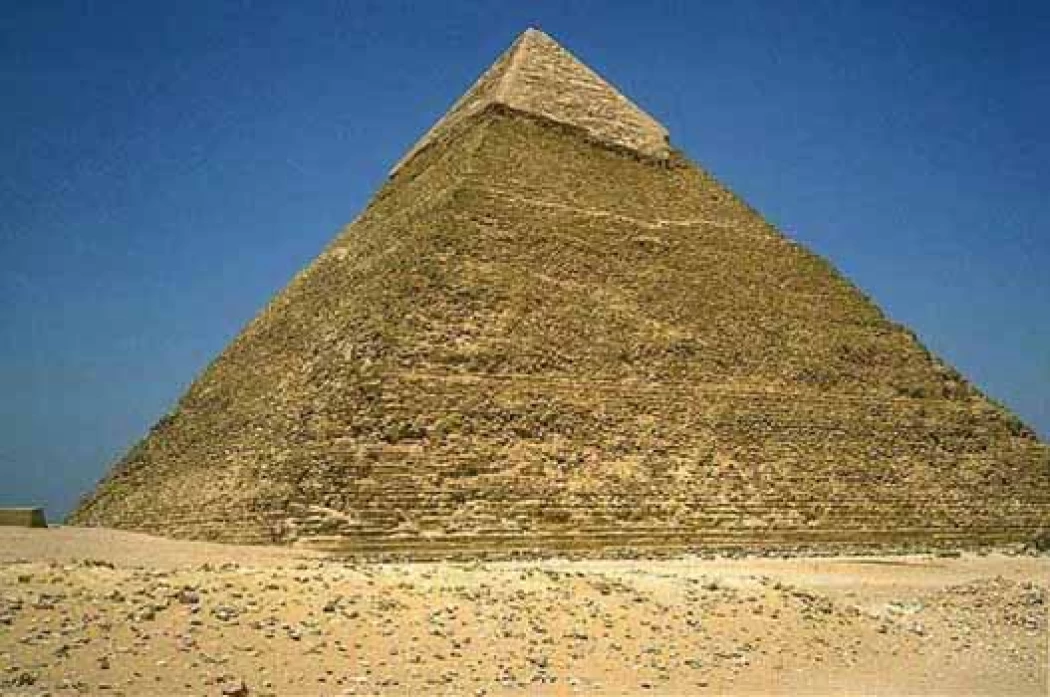

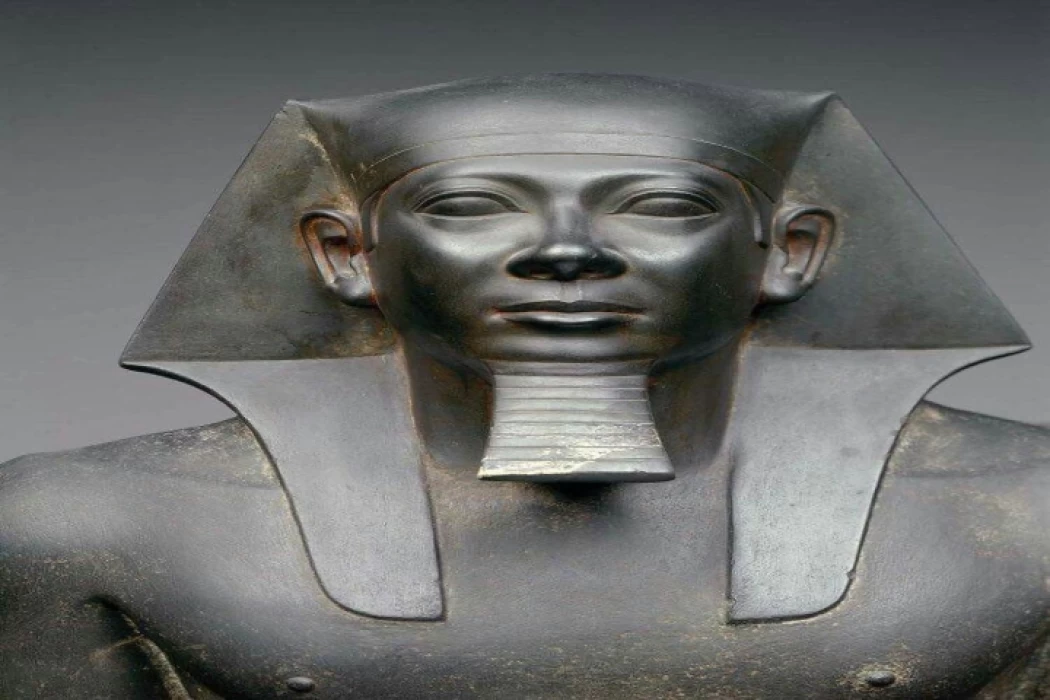
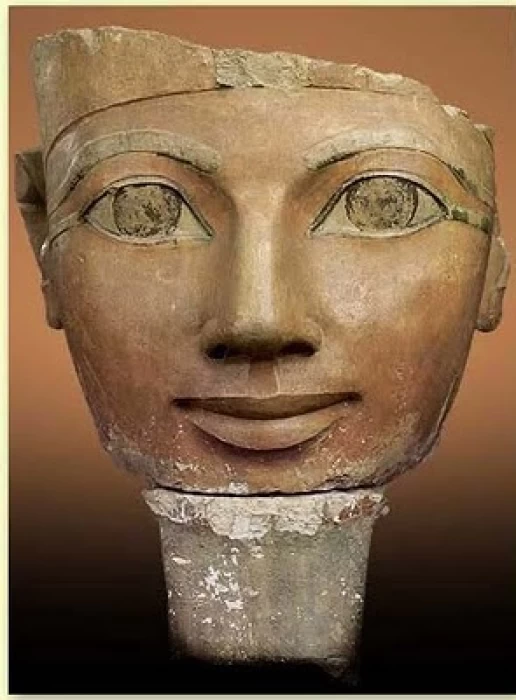
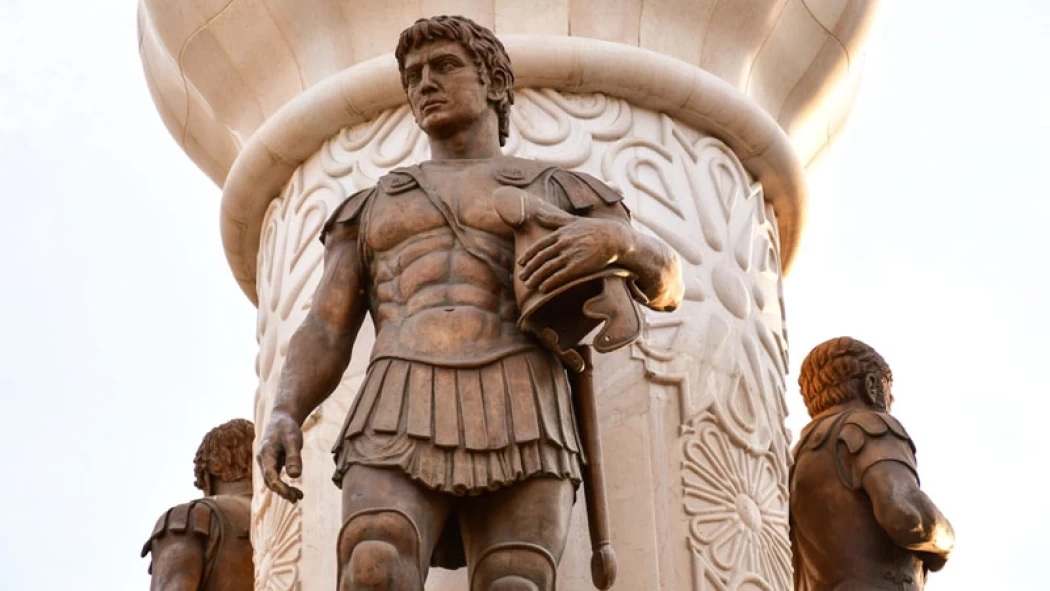
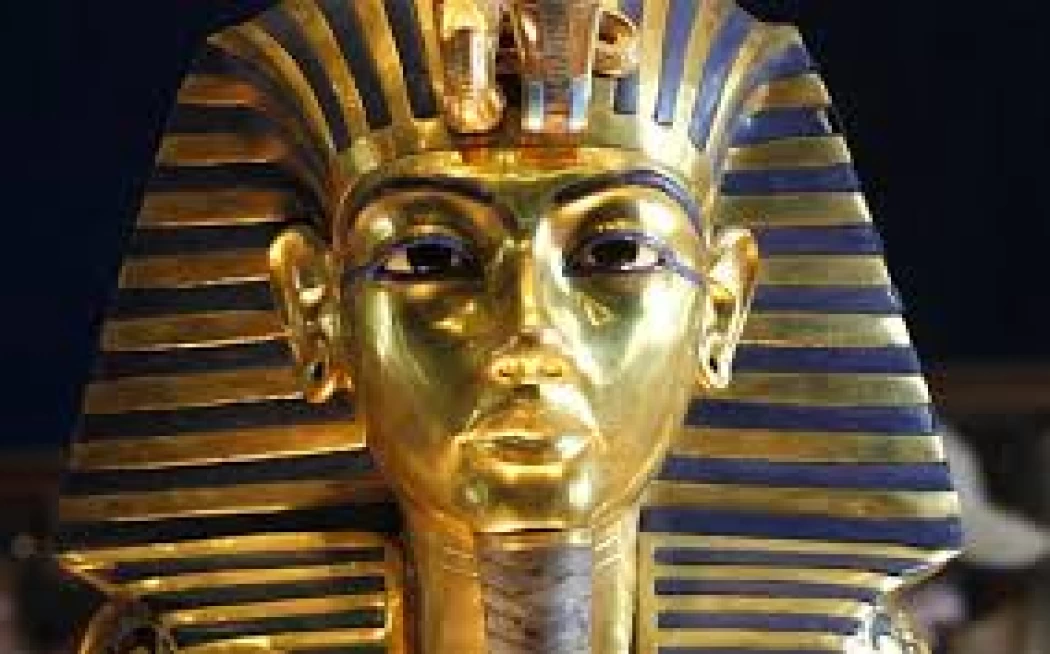
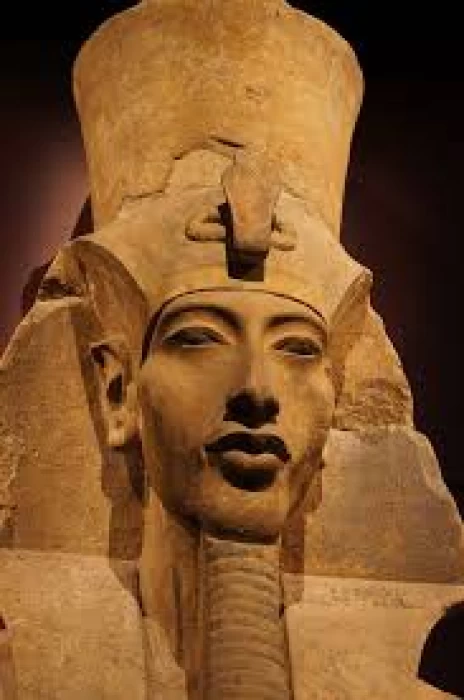
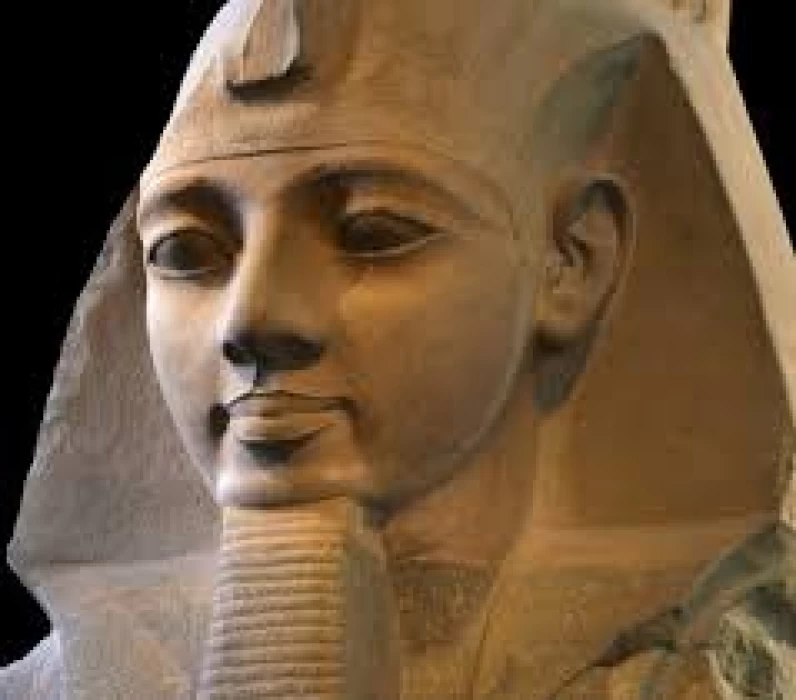
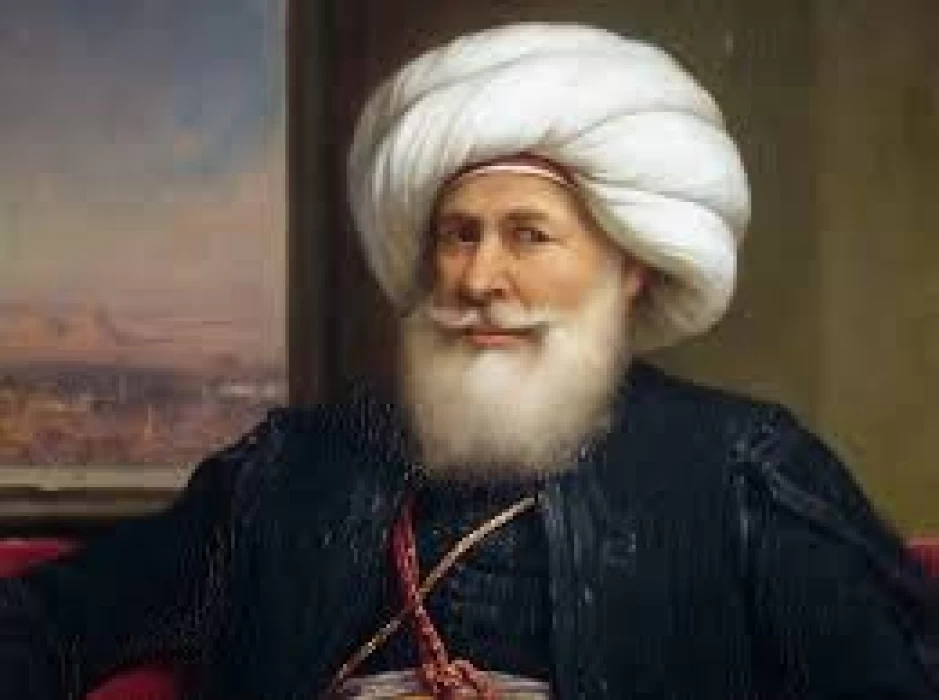
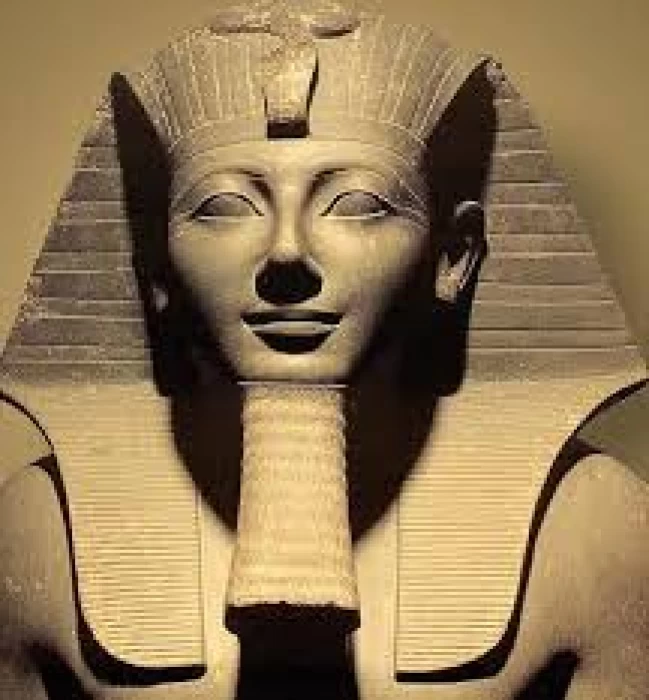
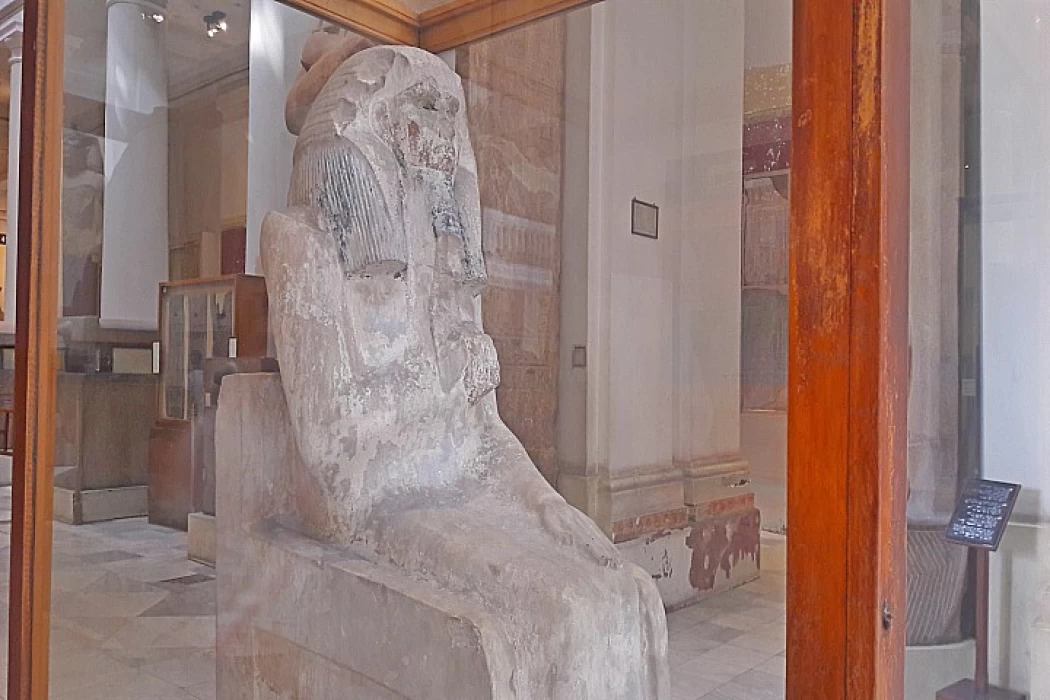
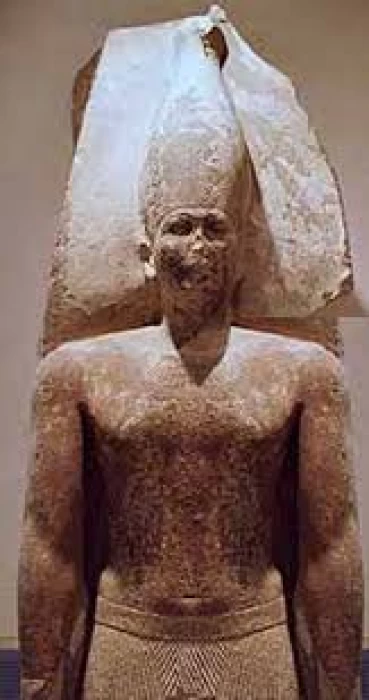
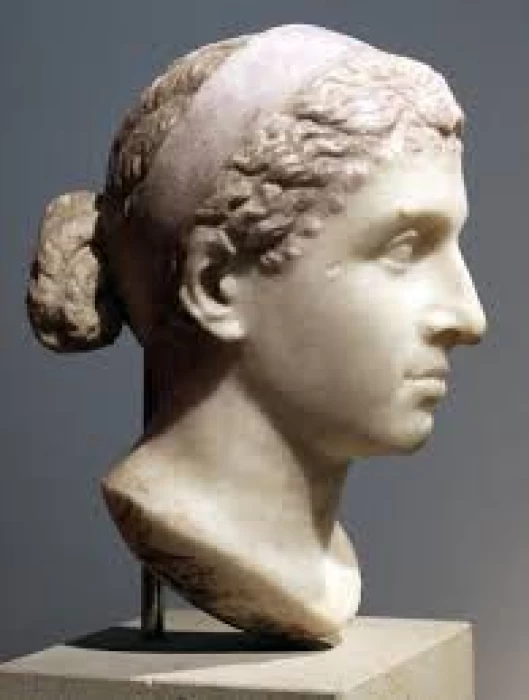
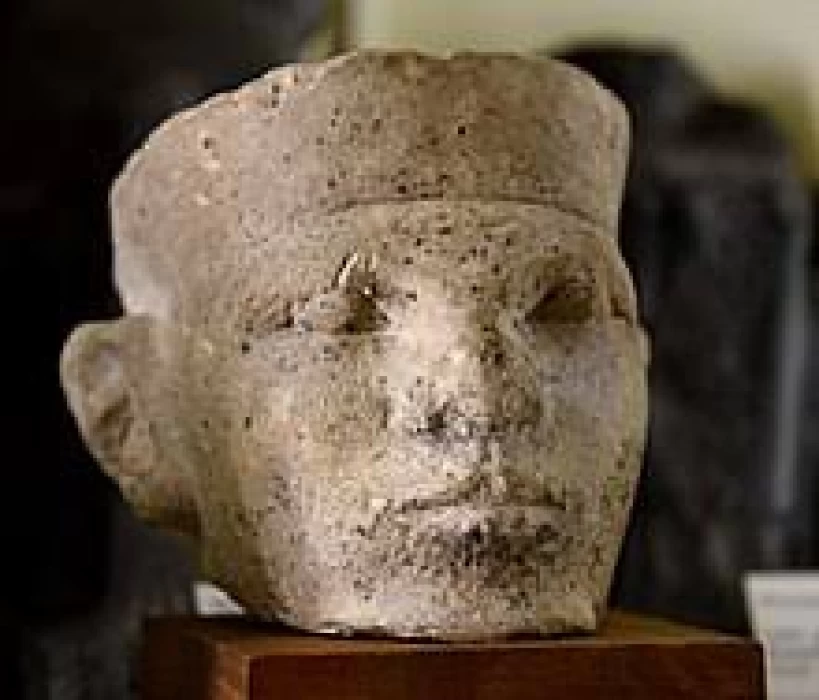
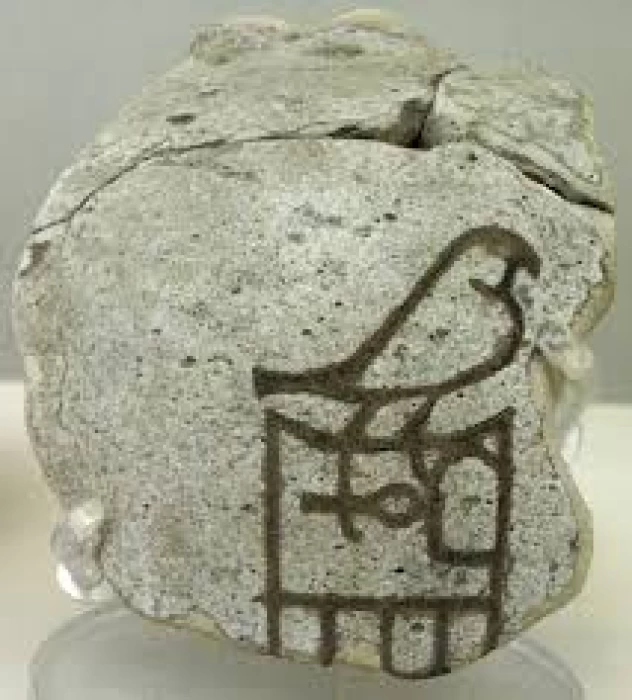
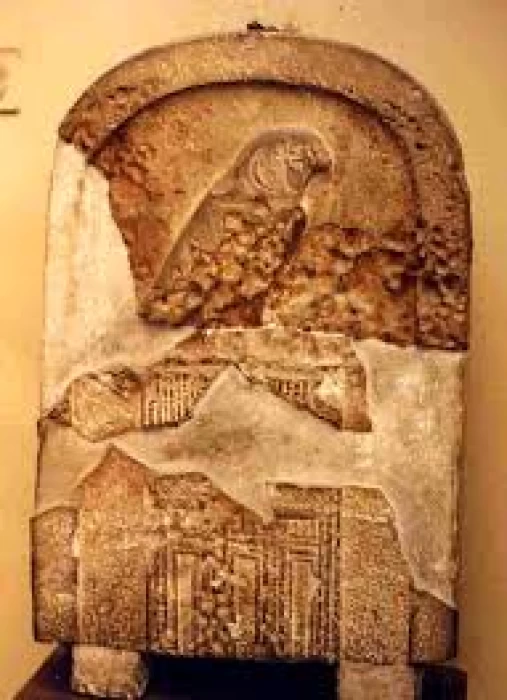
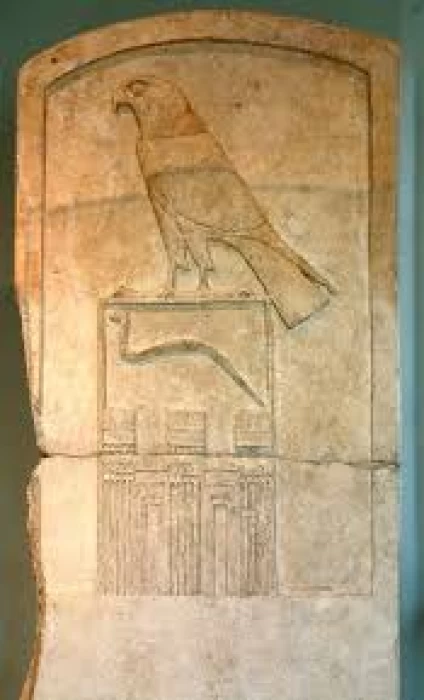
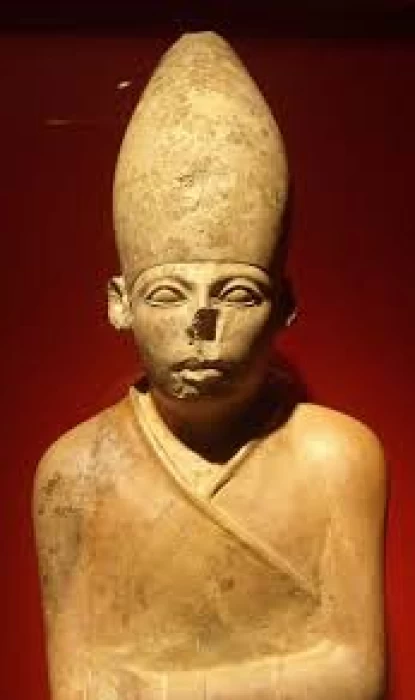
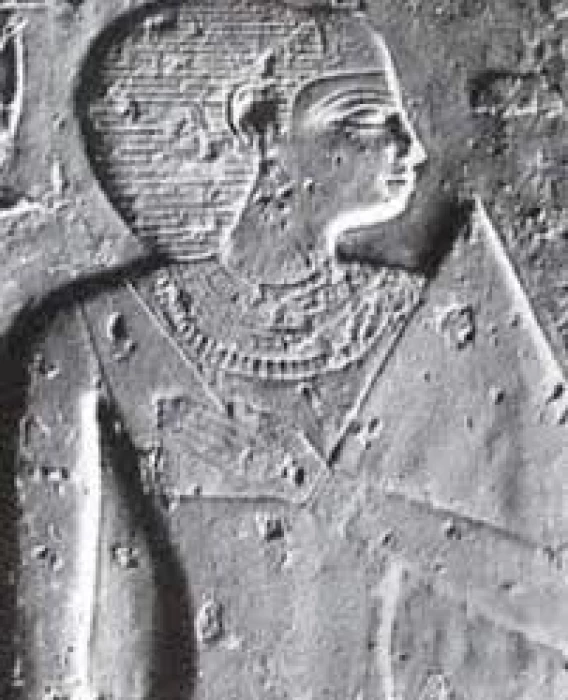
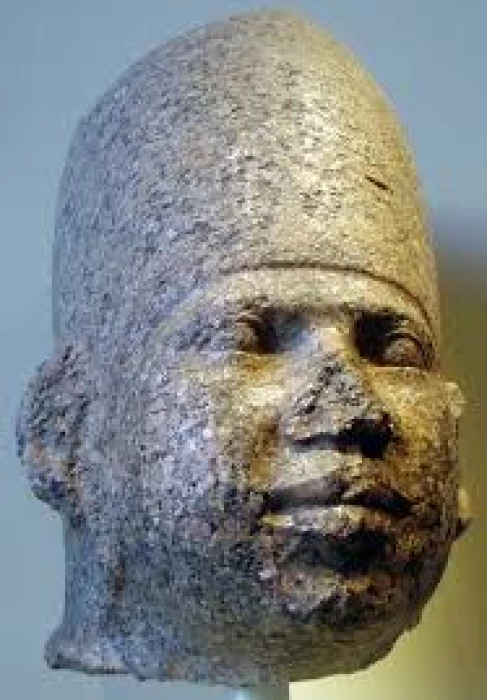
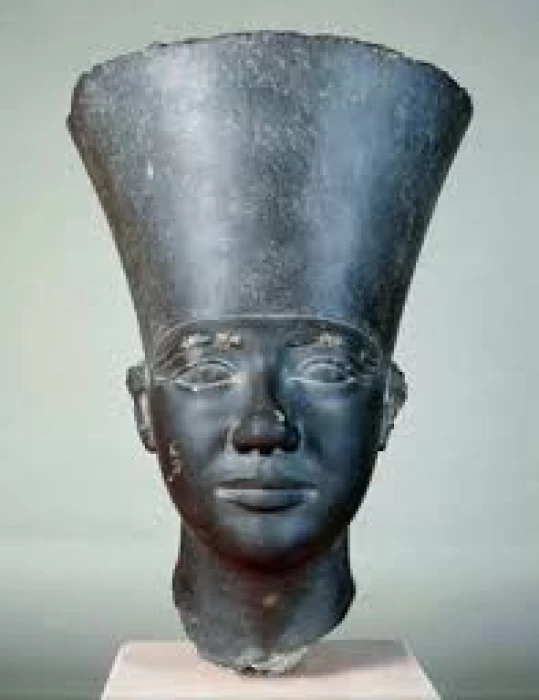
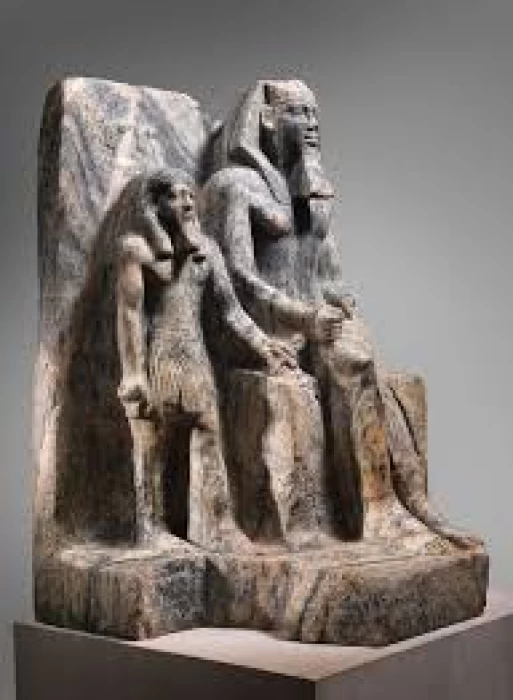
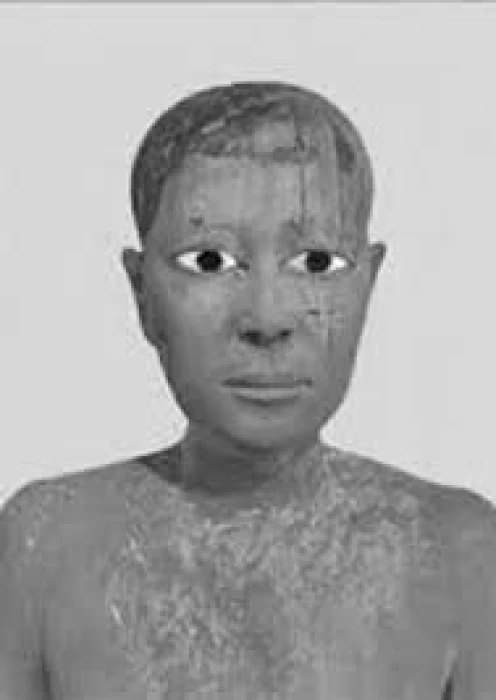
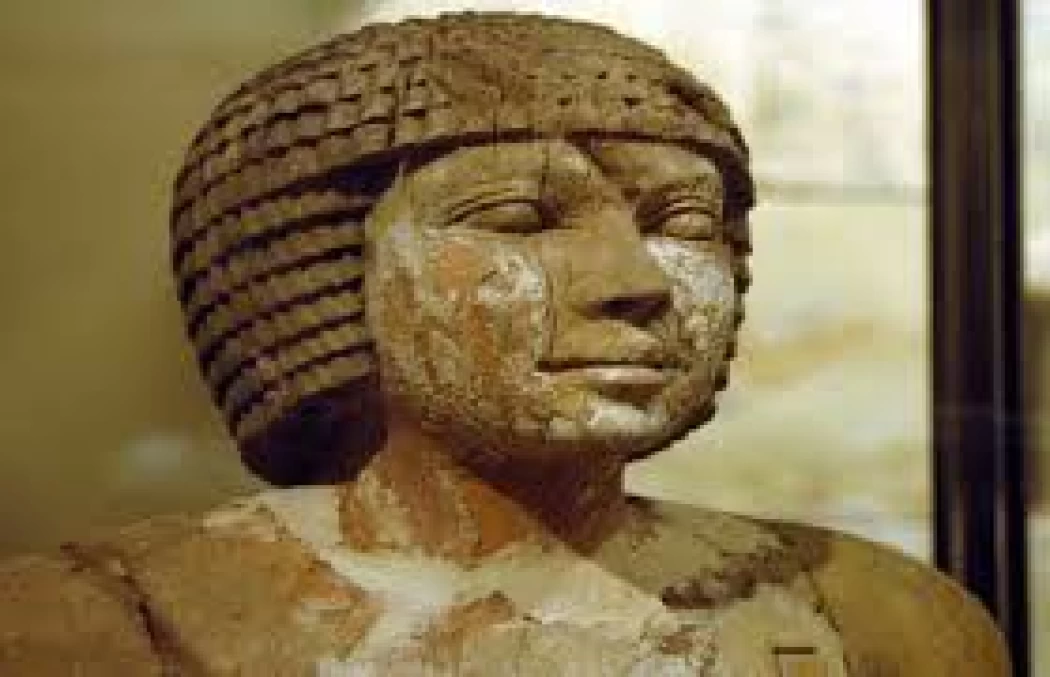
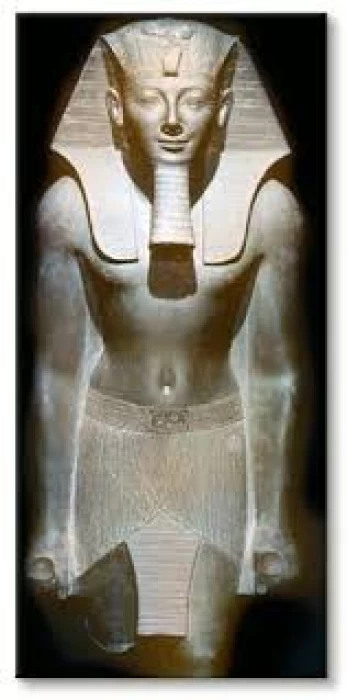
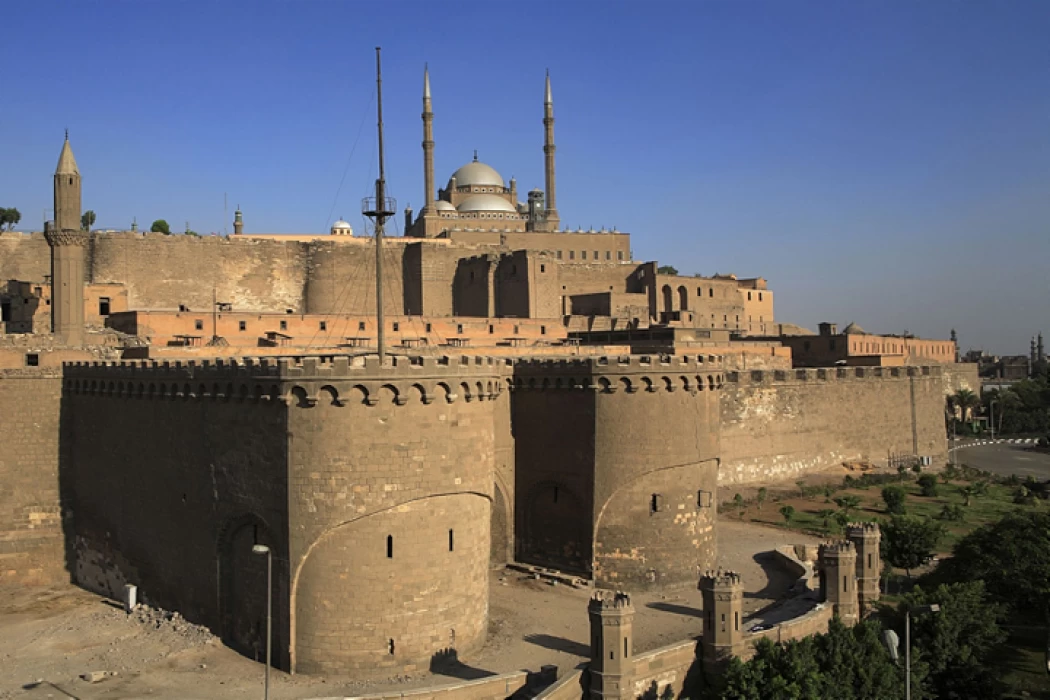
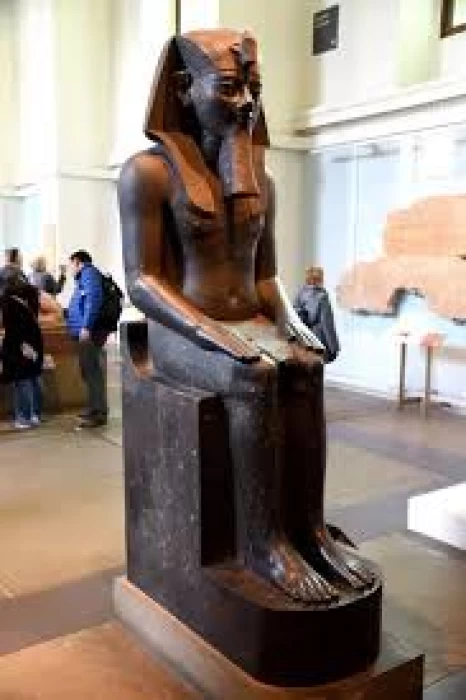
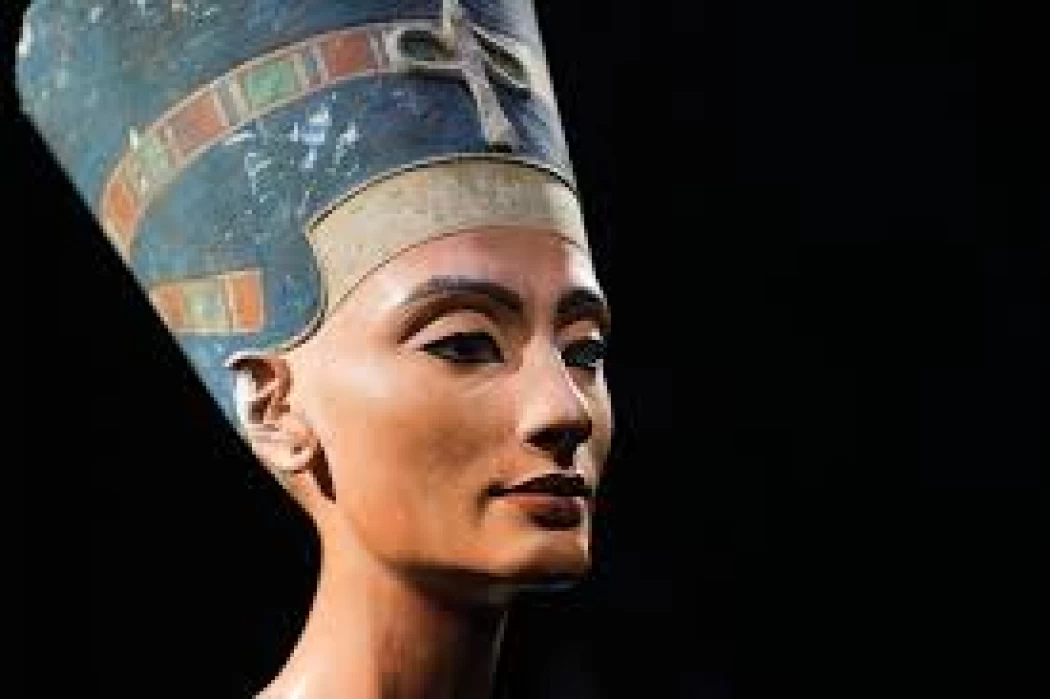
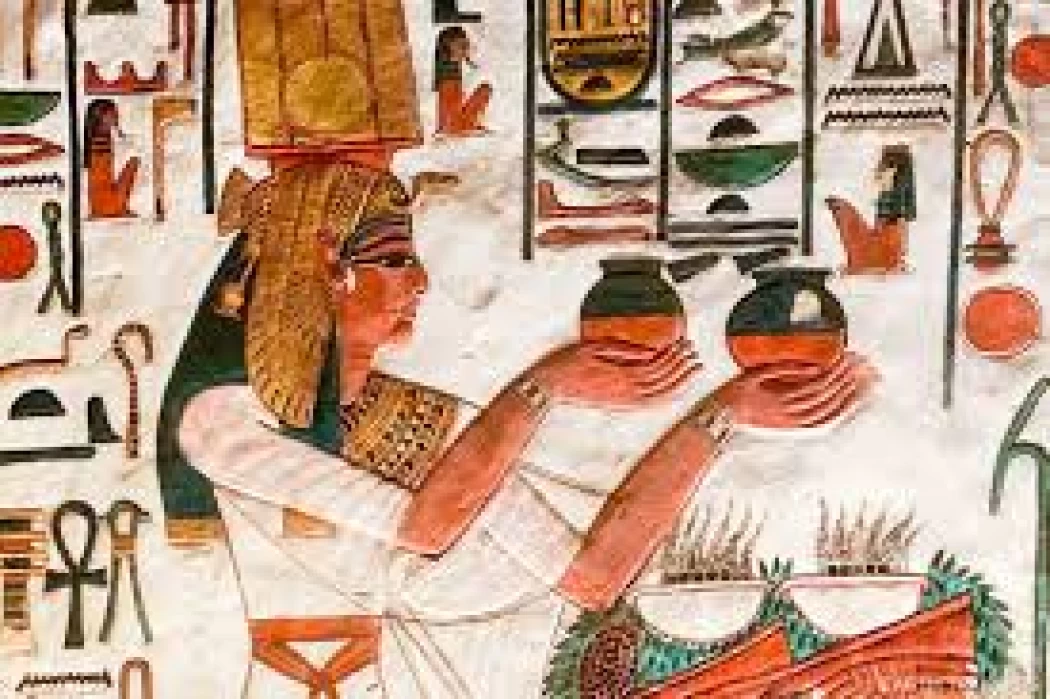
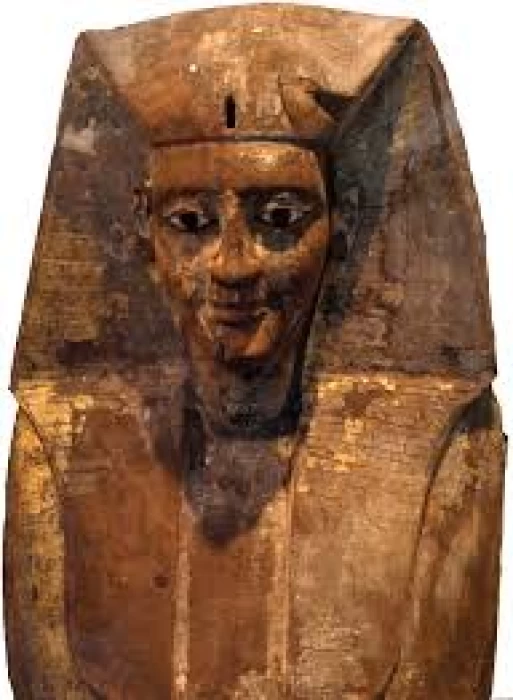
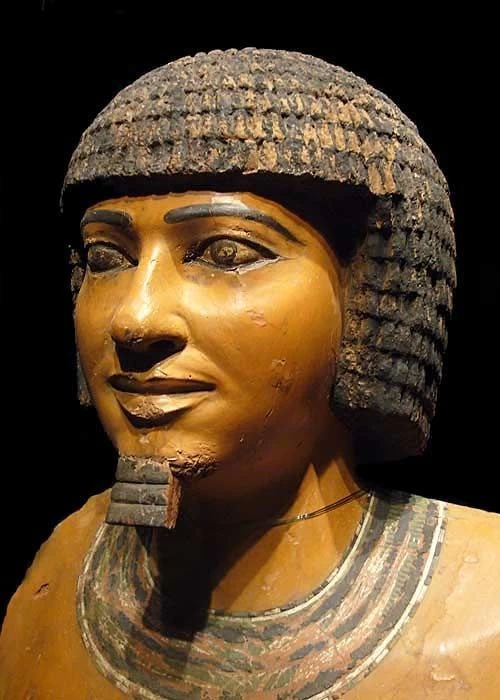
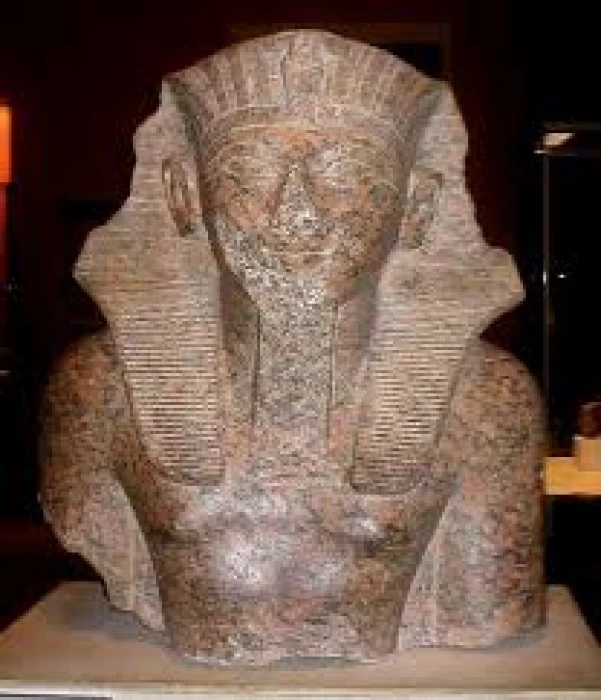
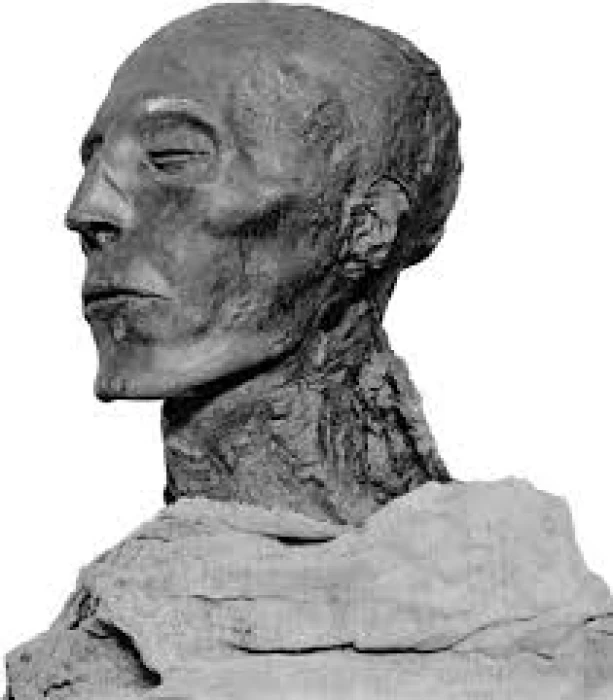
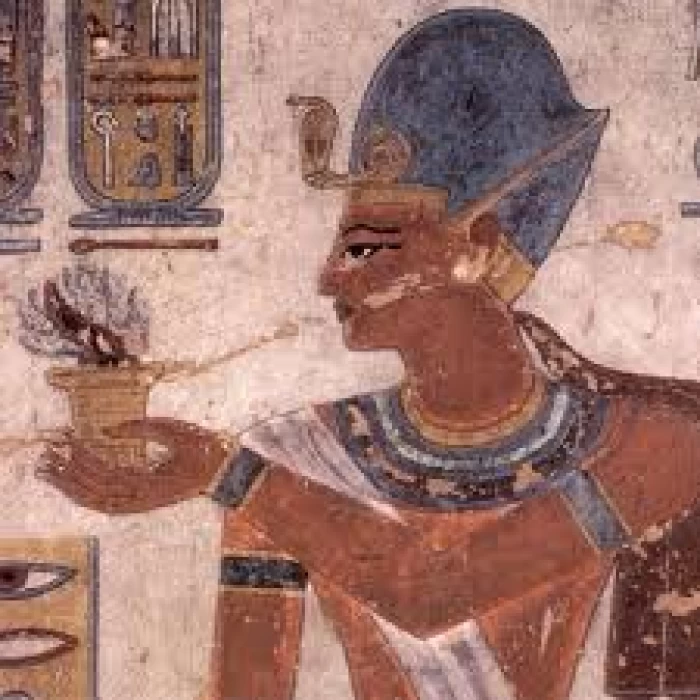
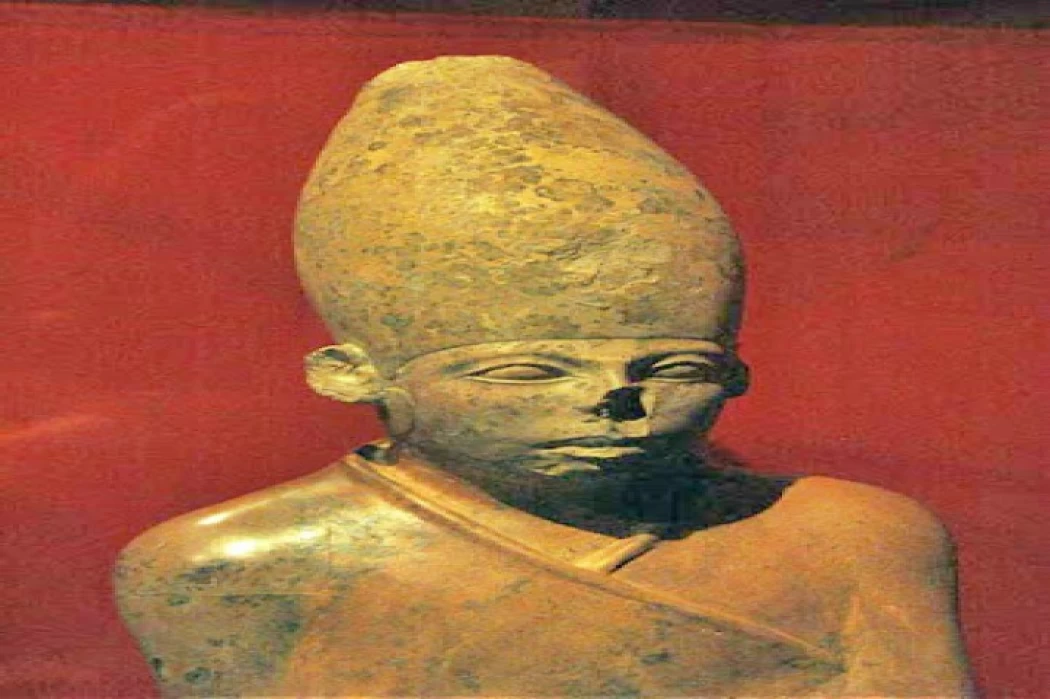
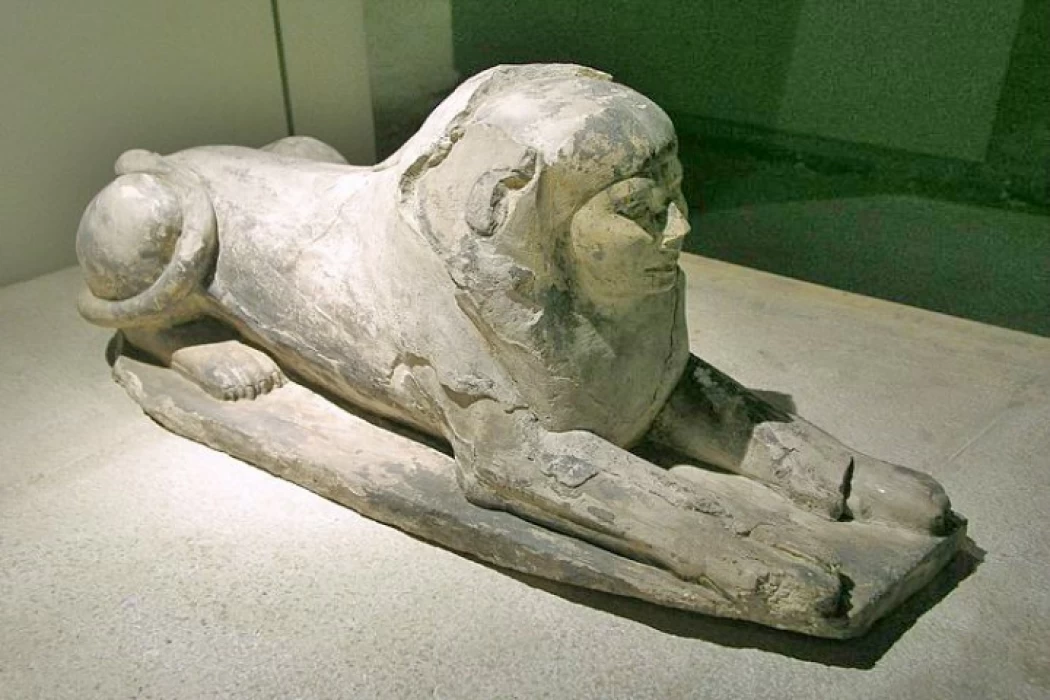
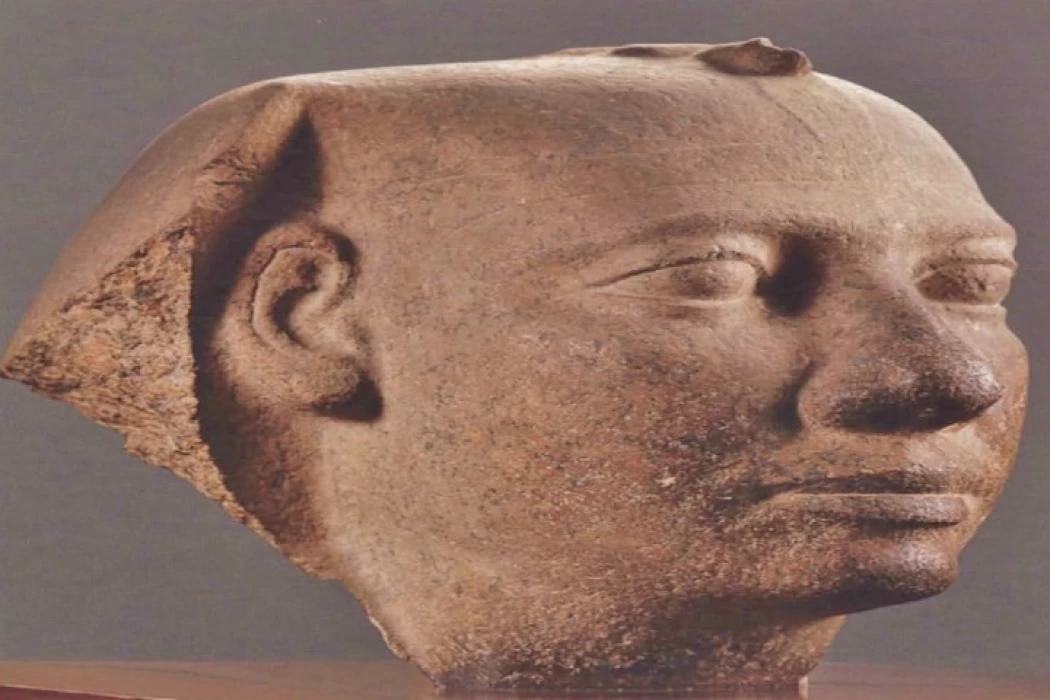
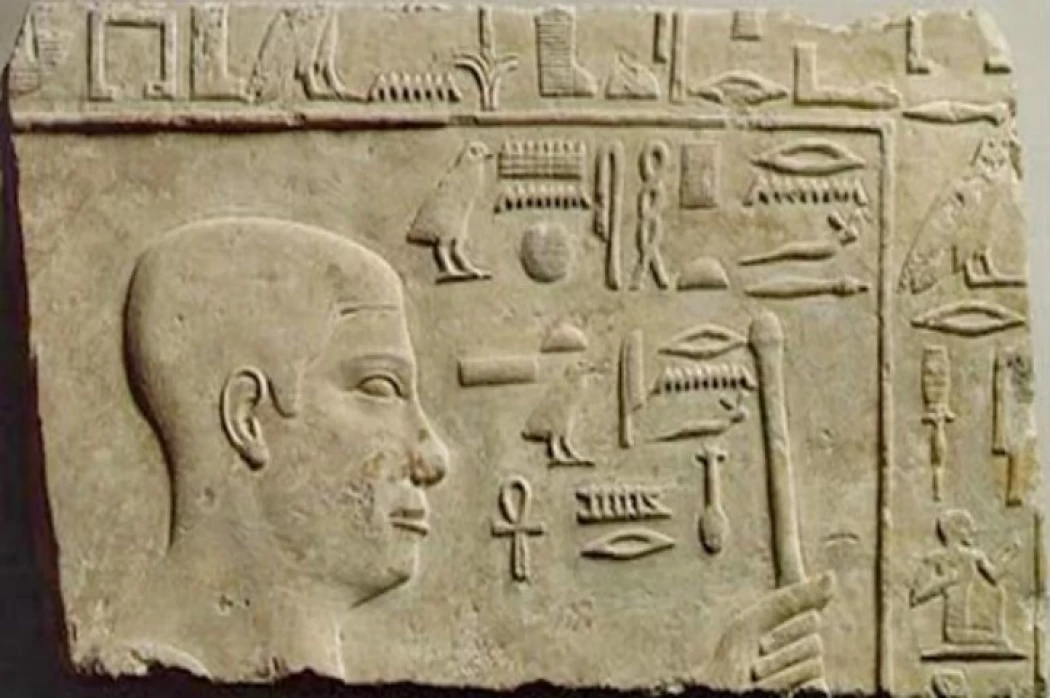
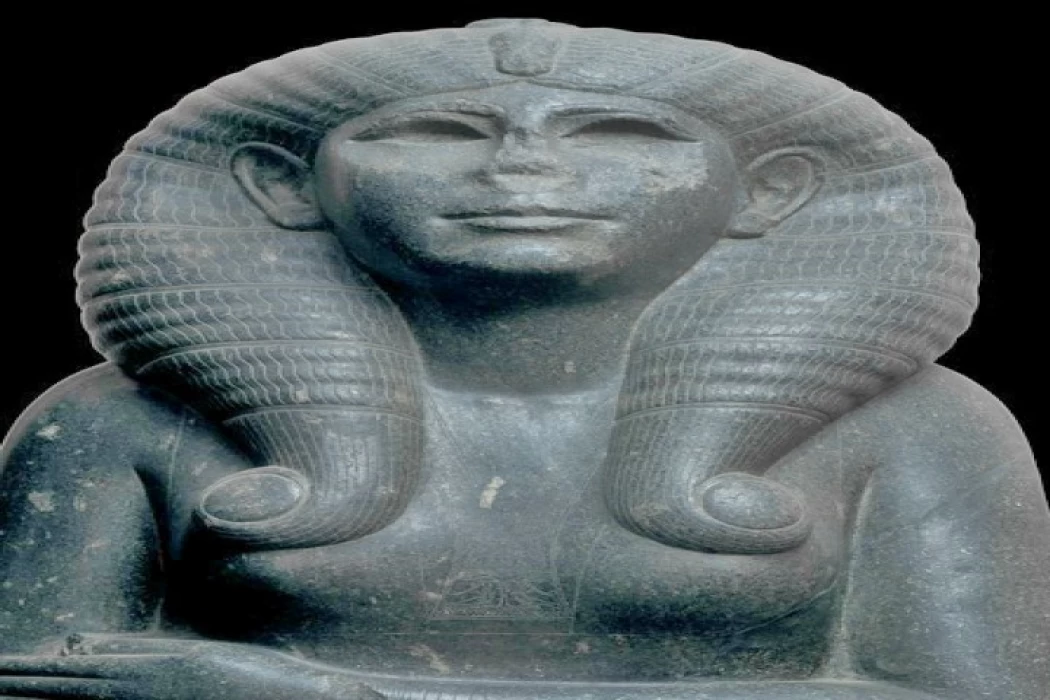
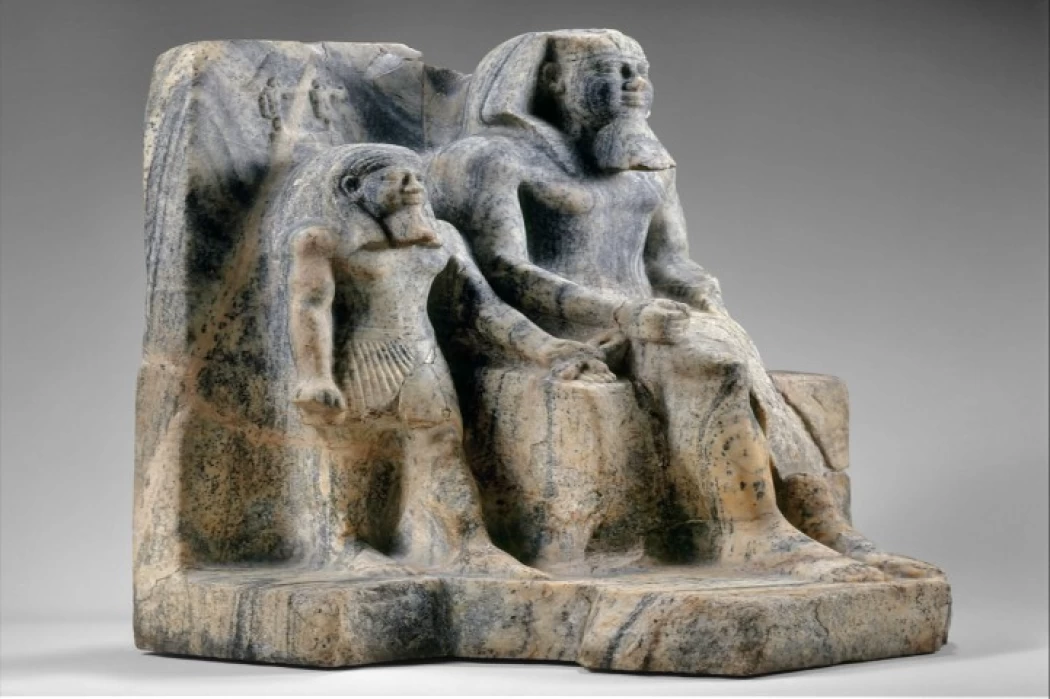
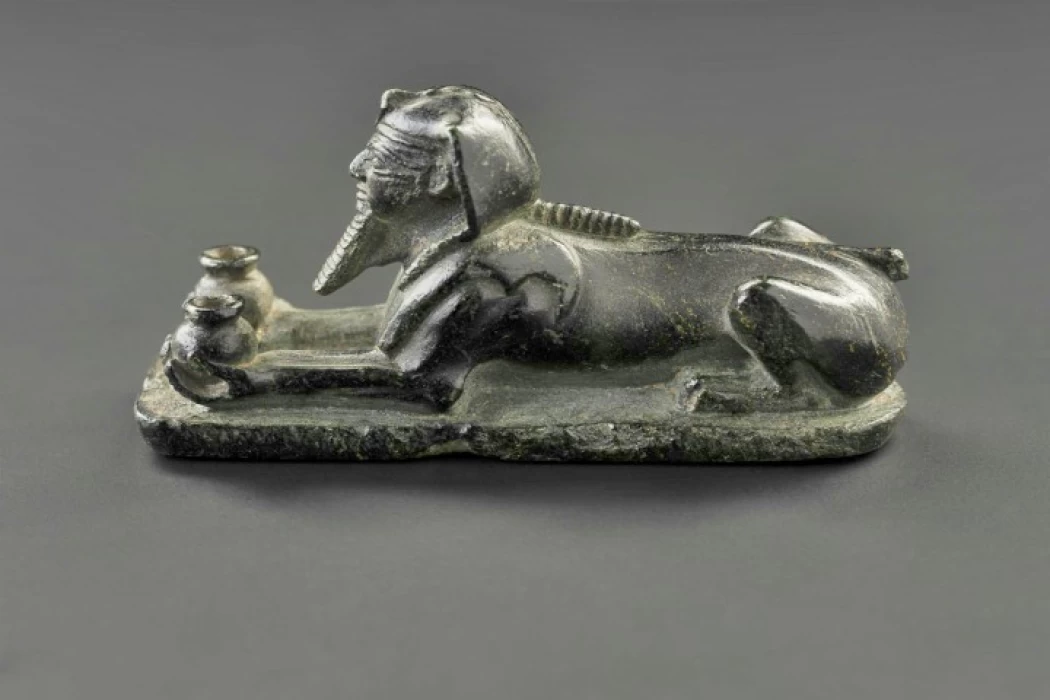
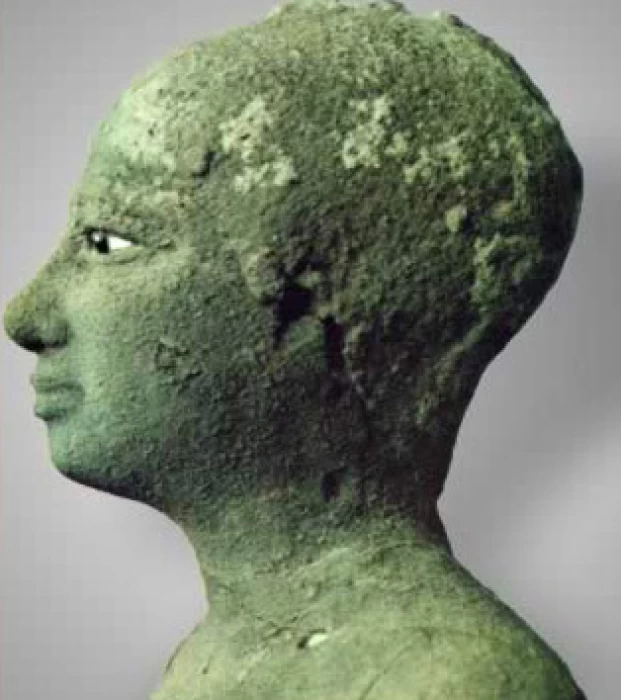
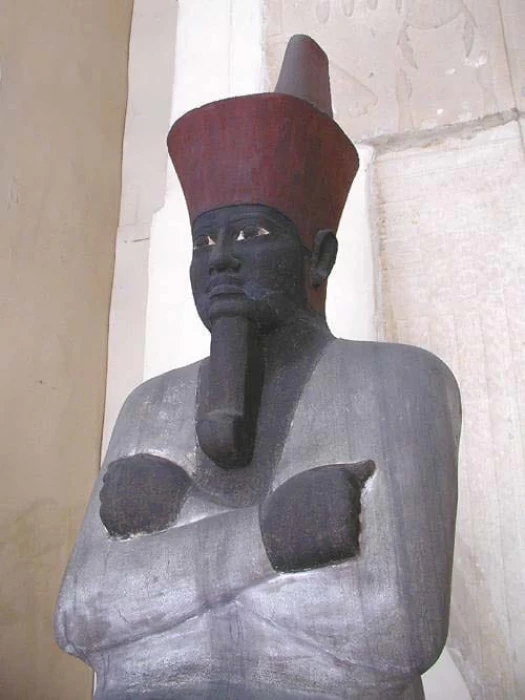
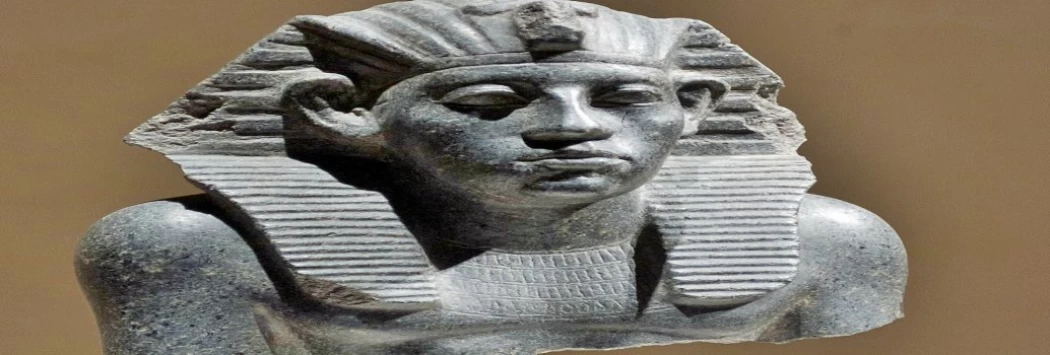
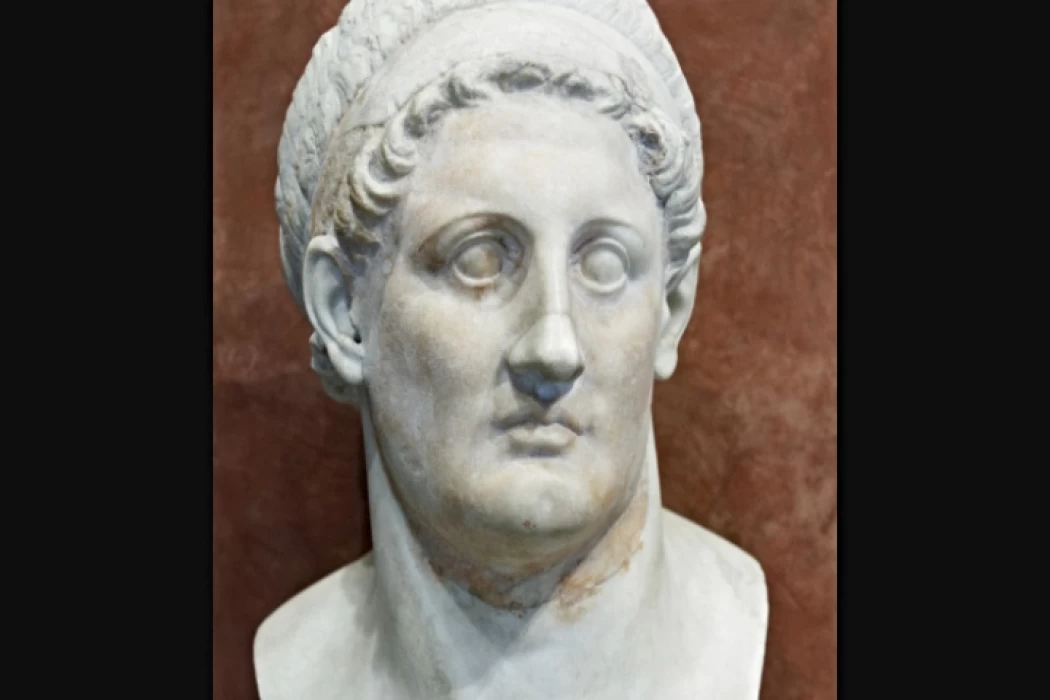
 _ ancient Egypt-webp.webp)


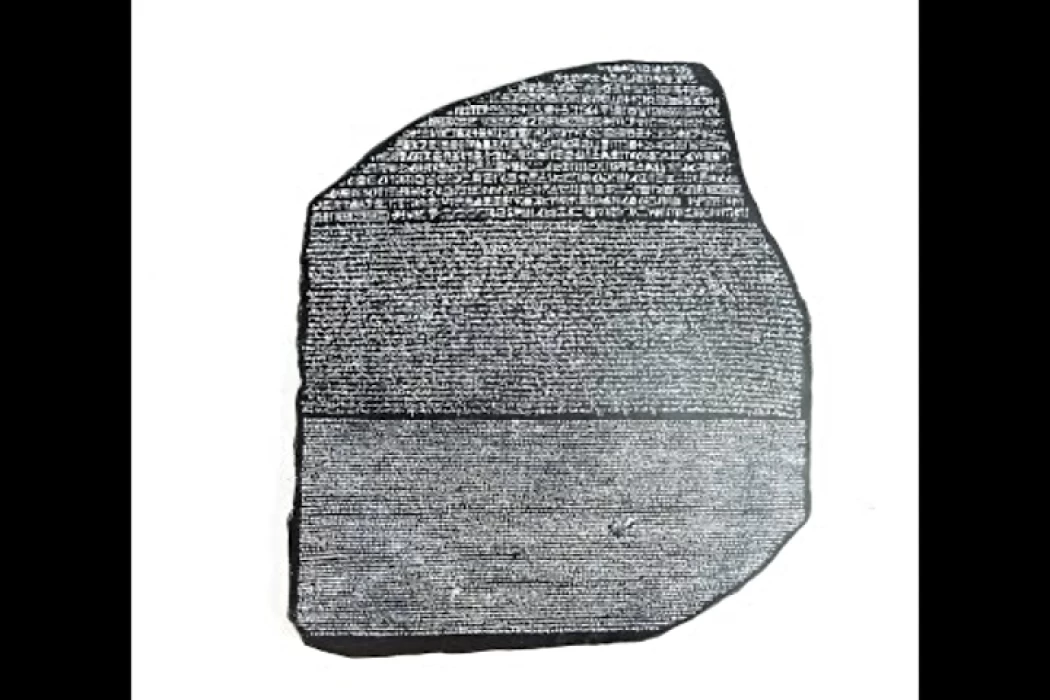
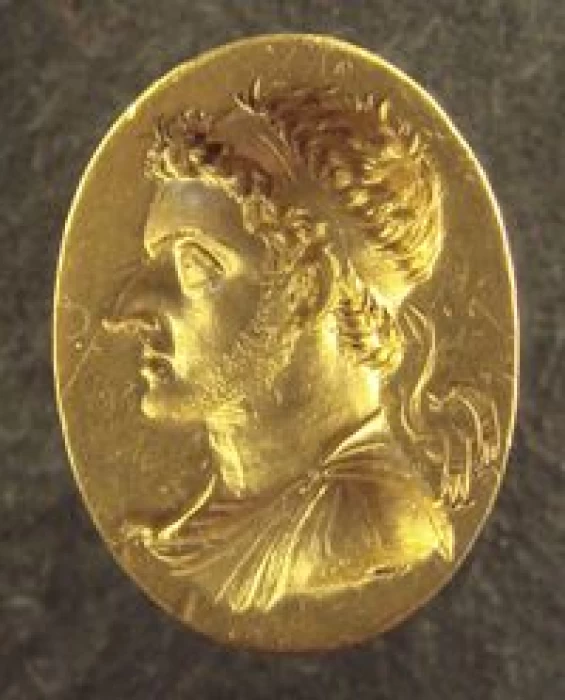

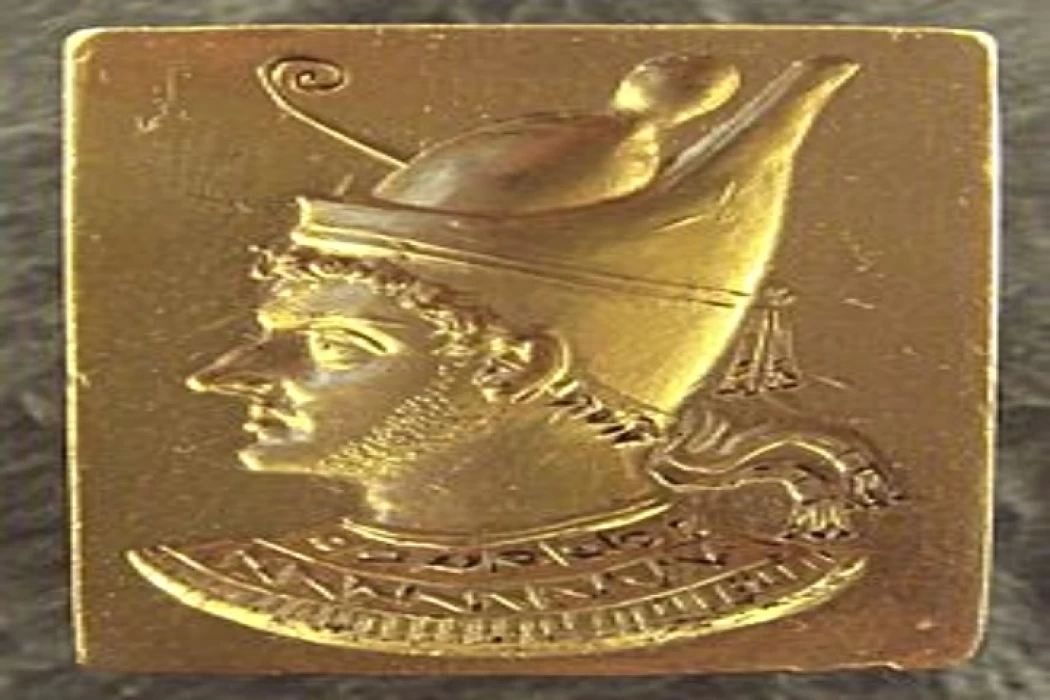
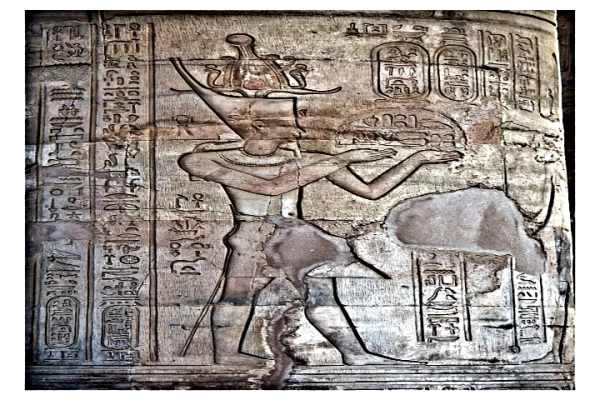
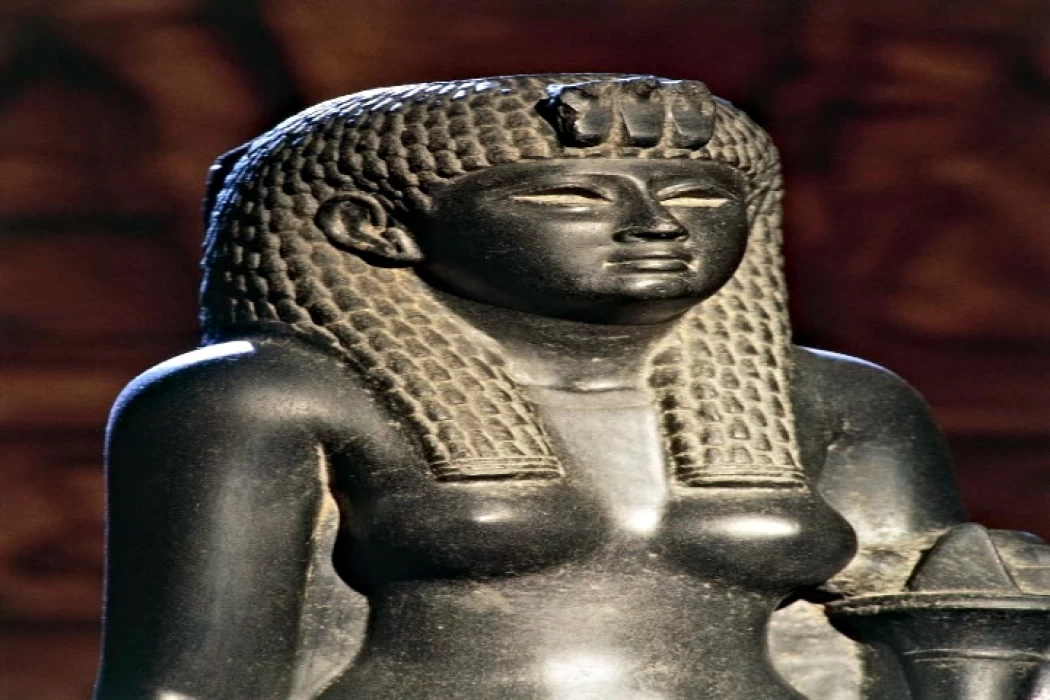
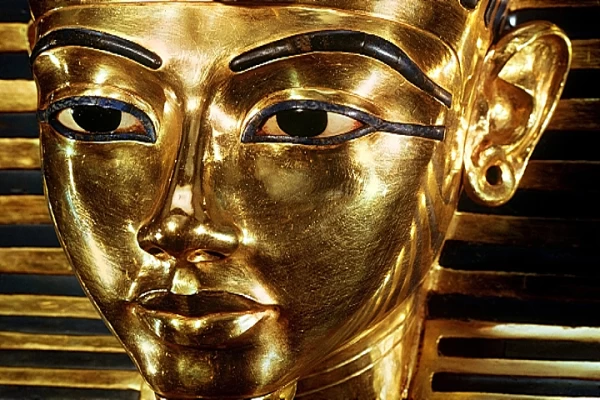
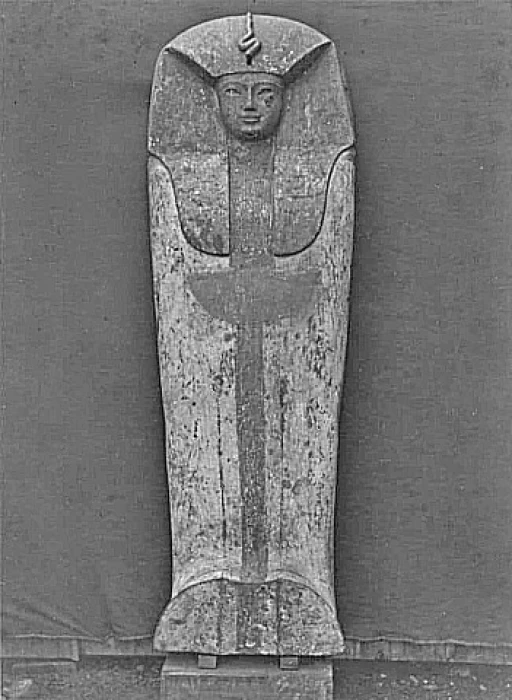

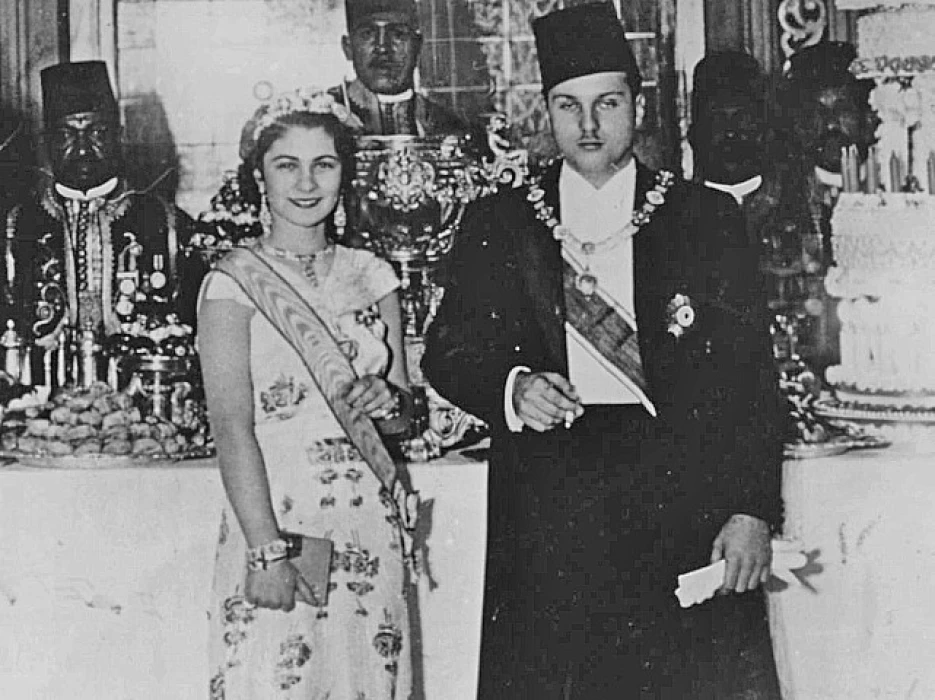

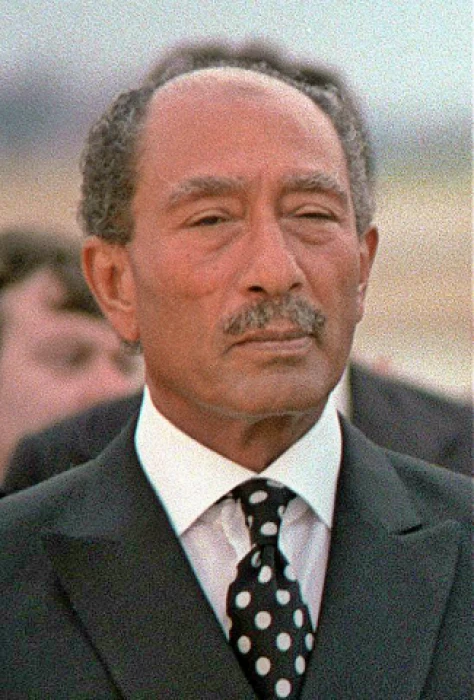
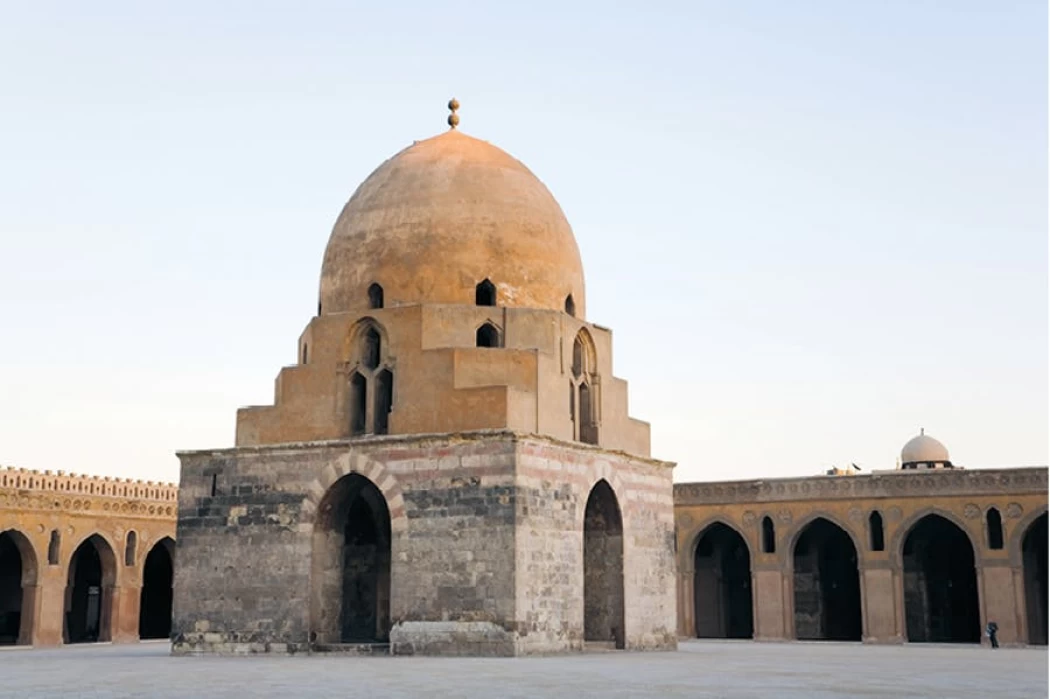
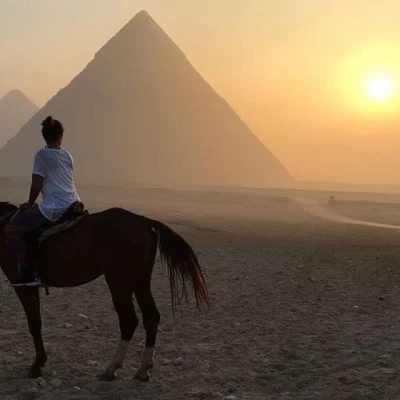
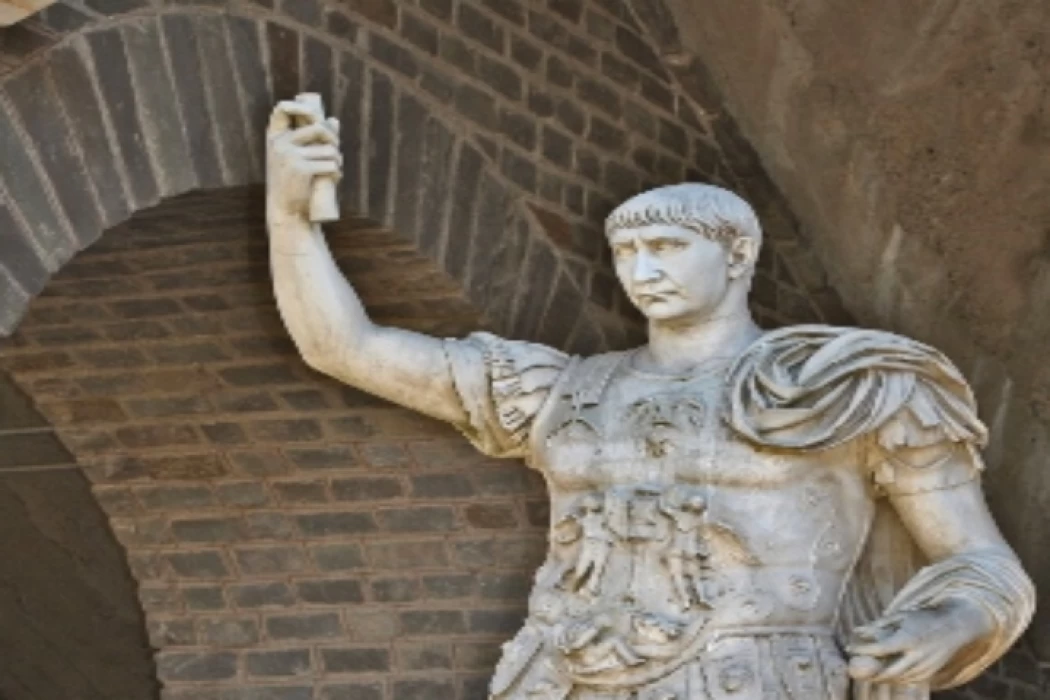
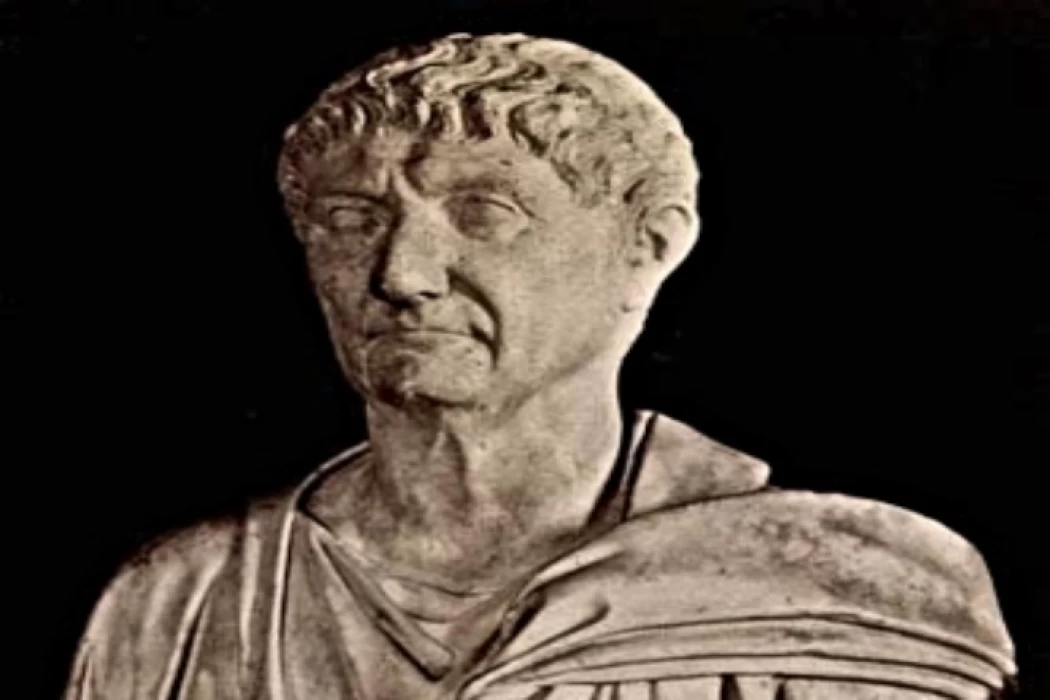
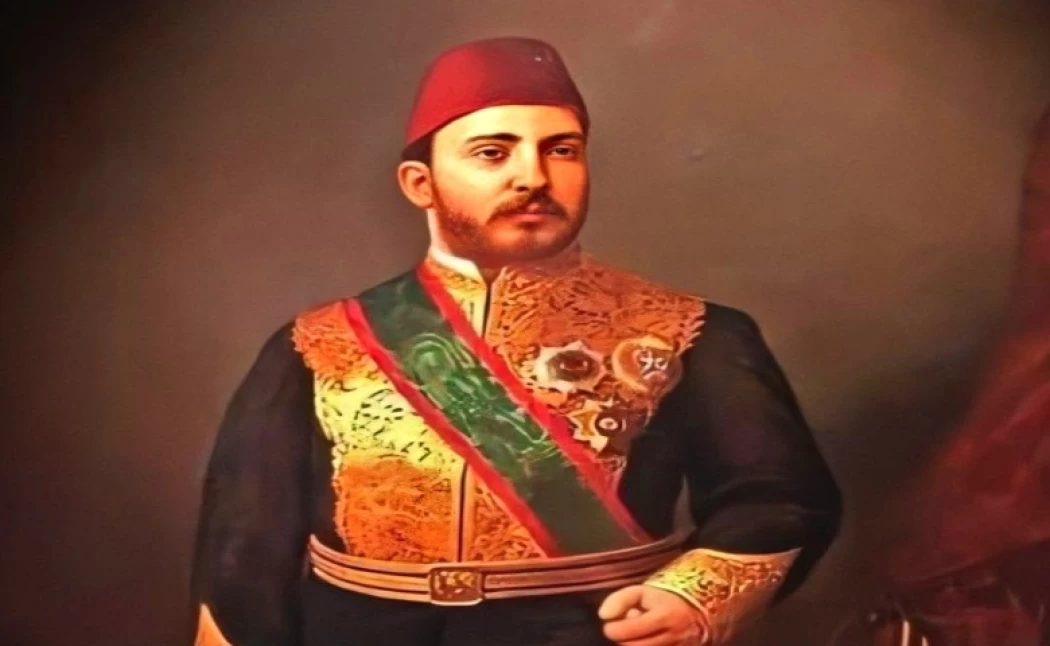
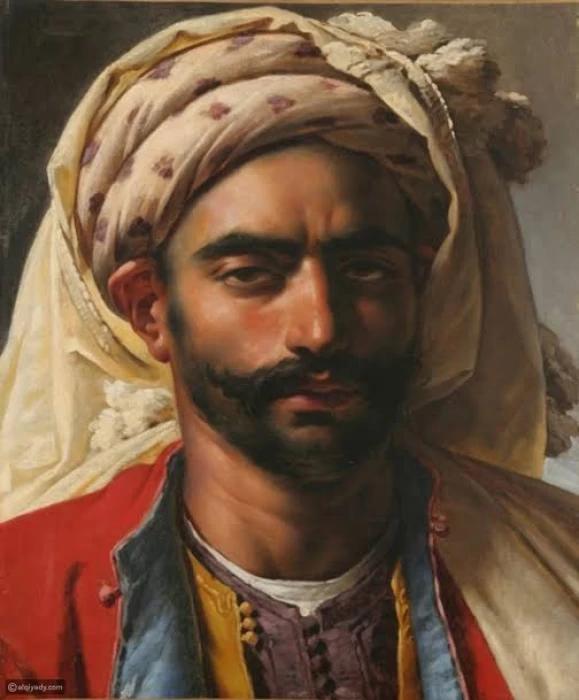
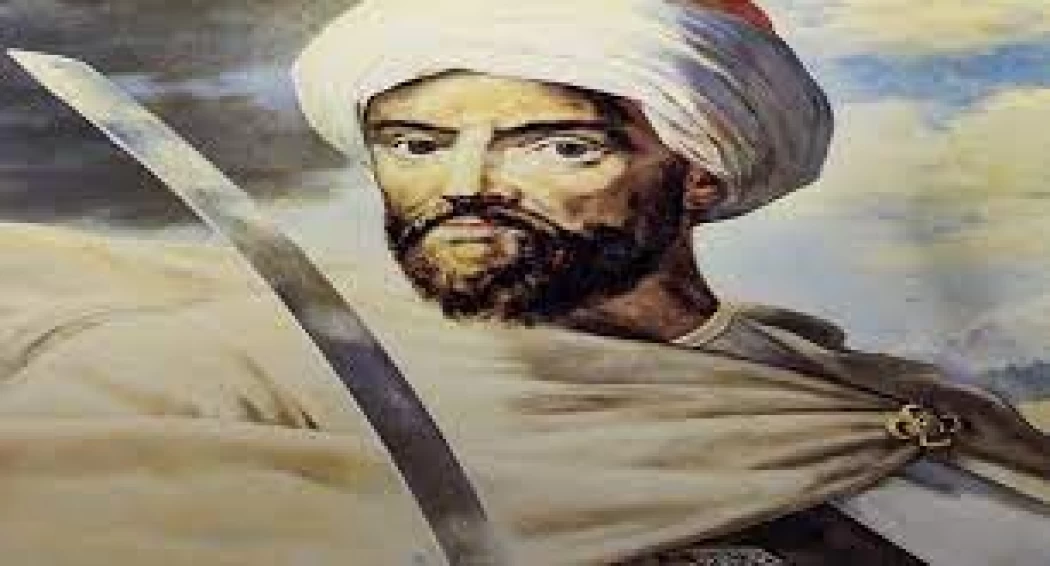
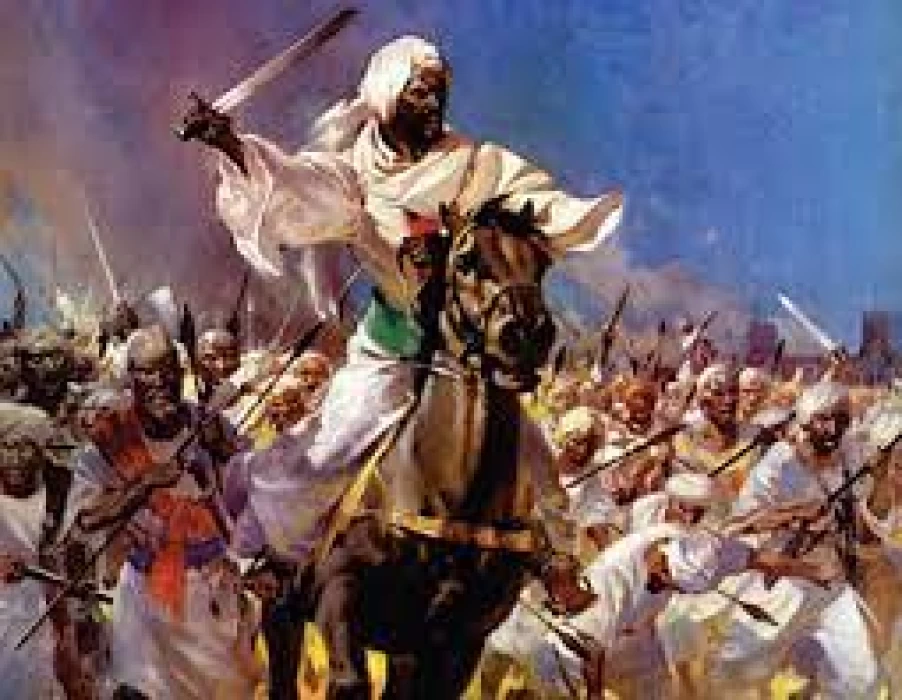
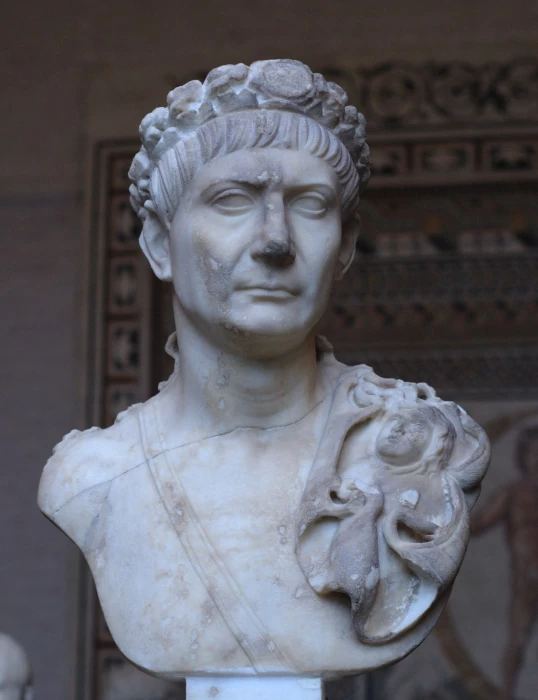
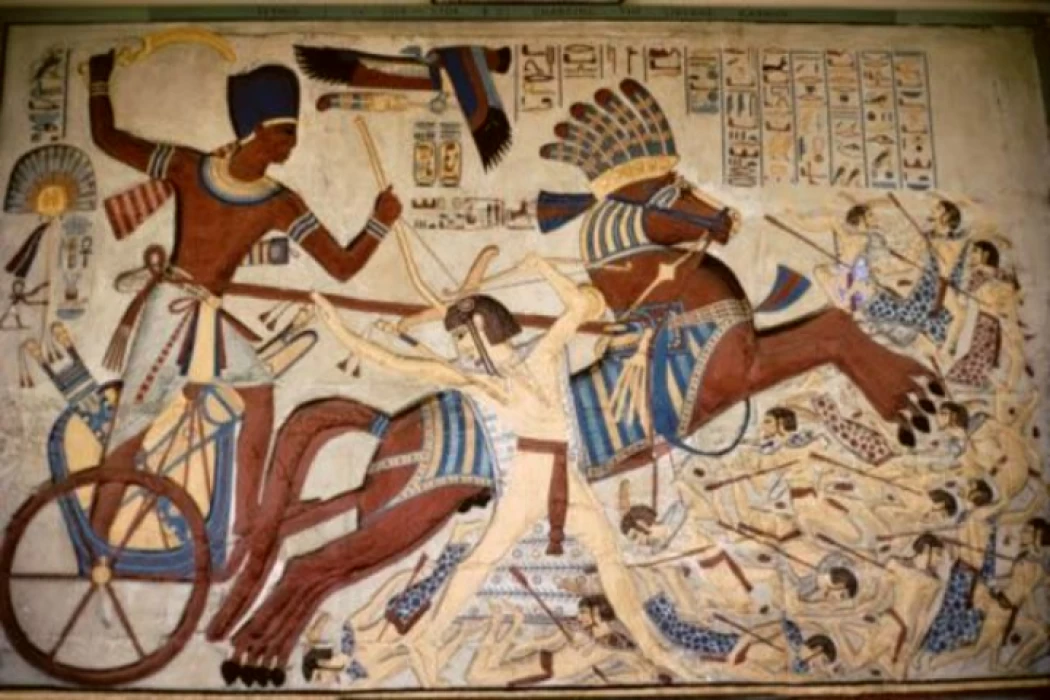
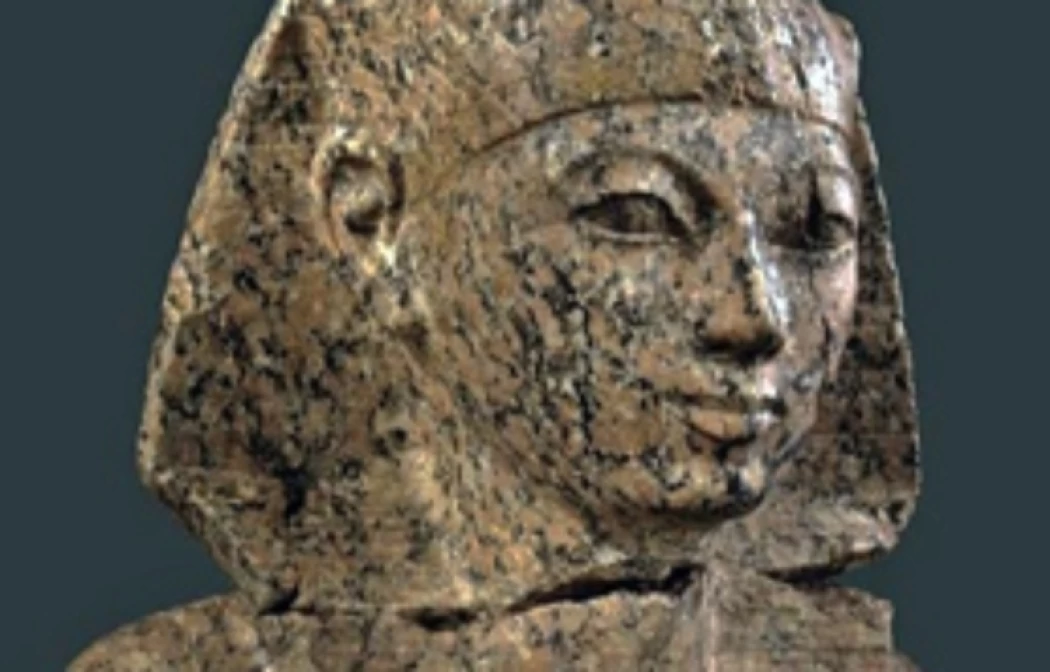
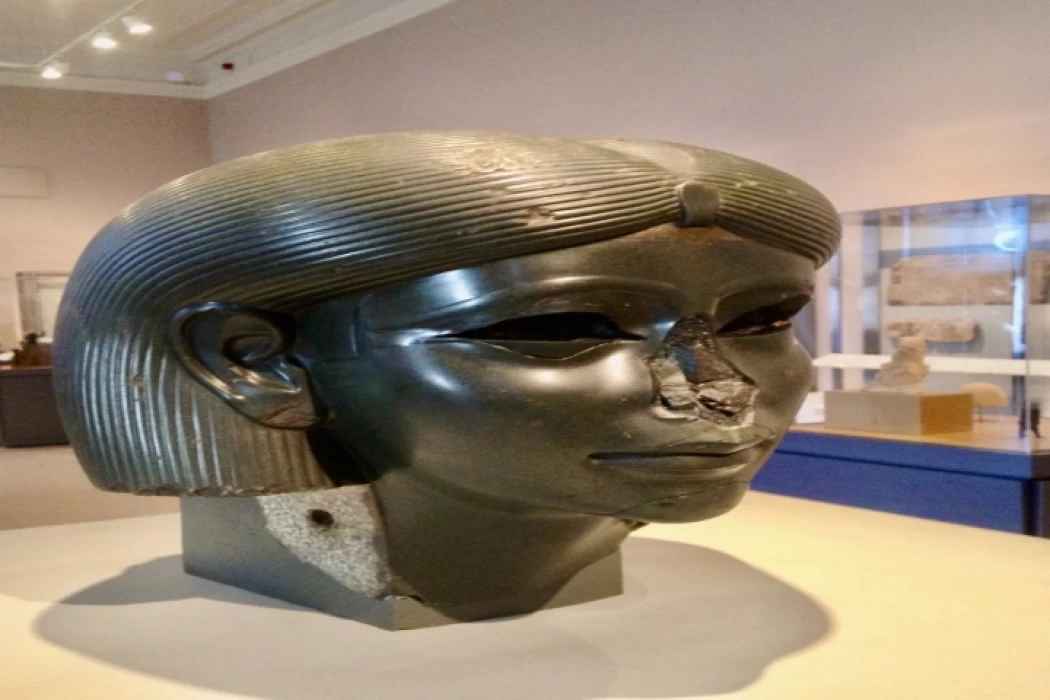
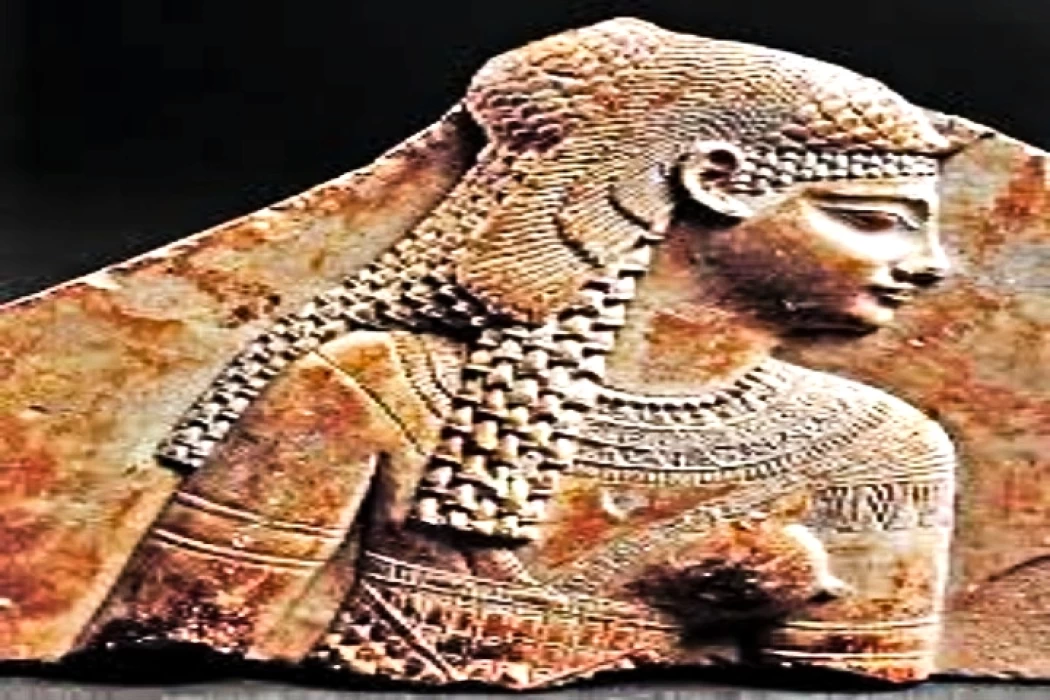
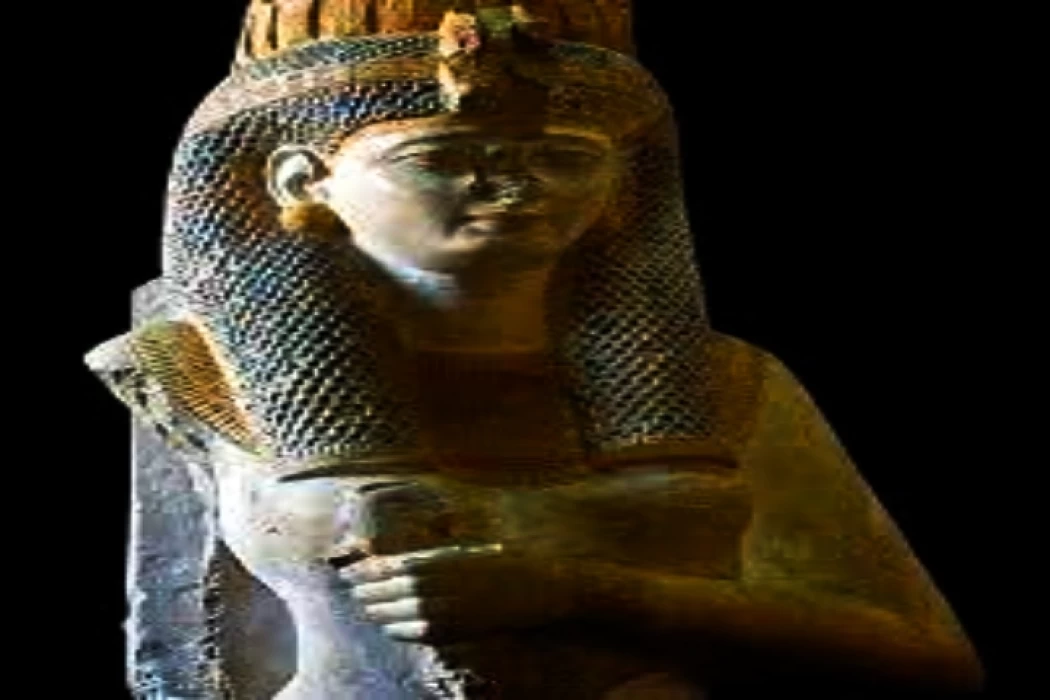
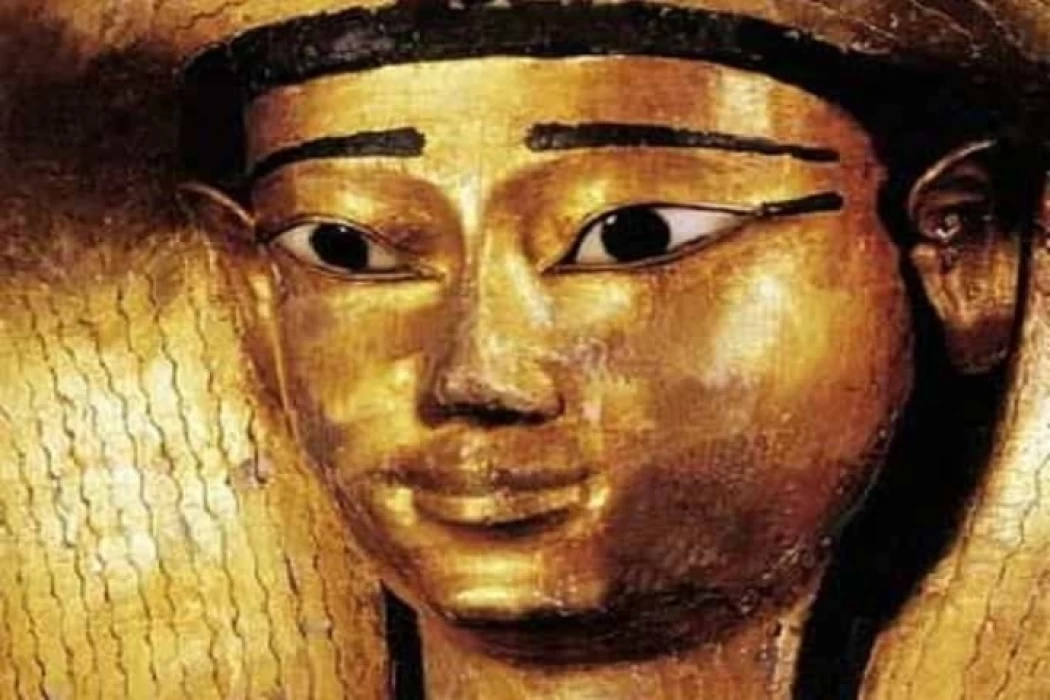
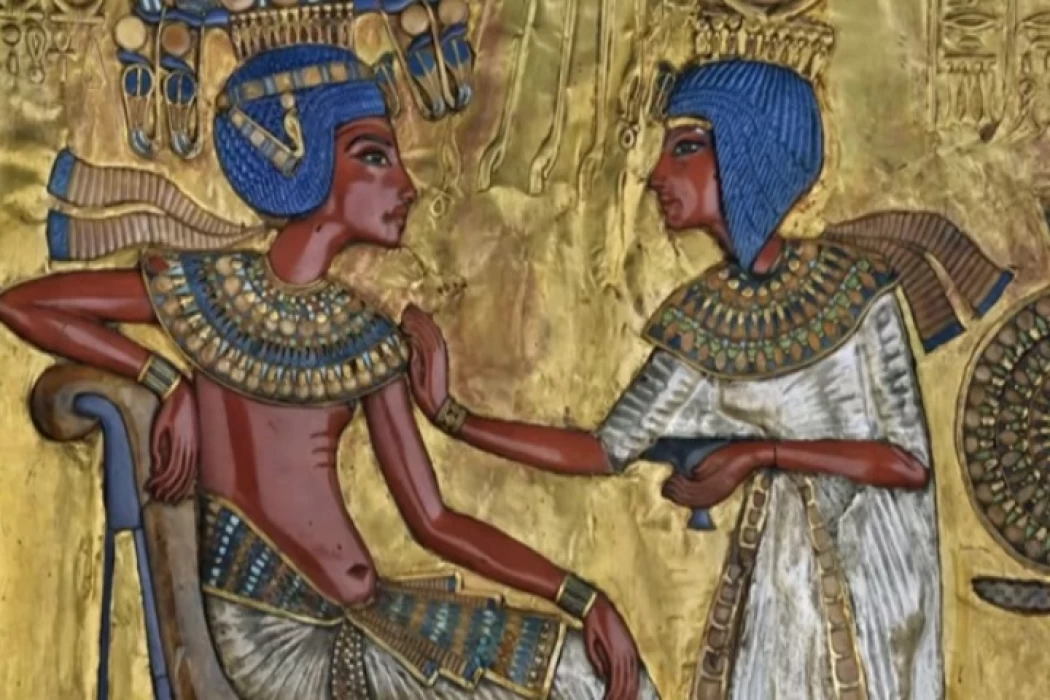
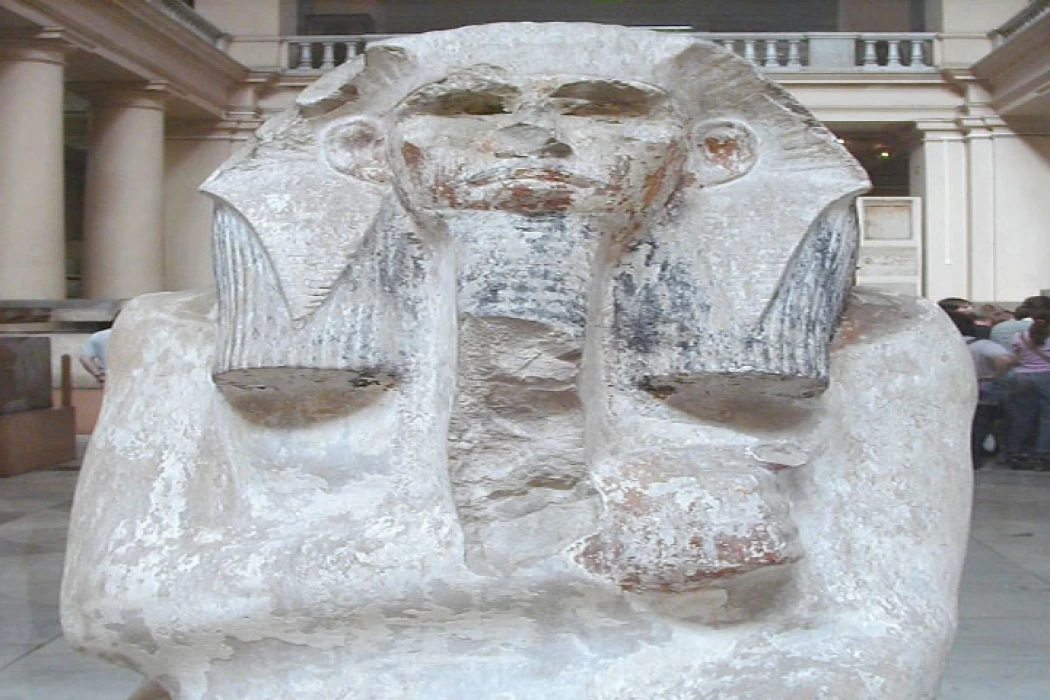
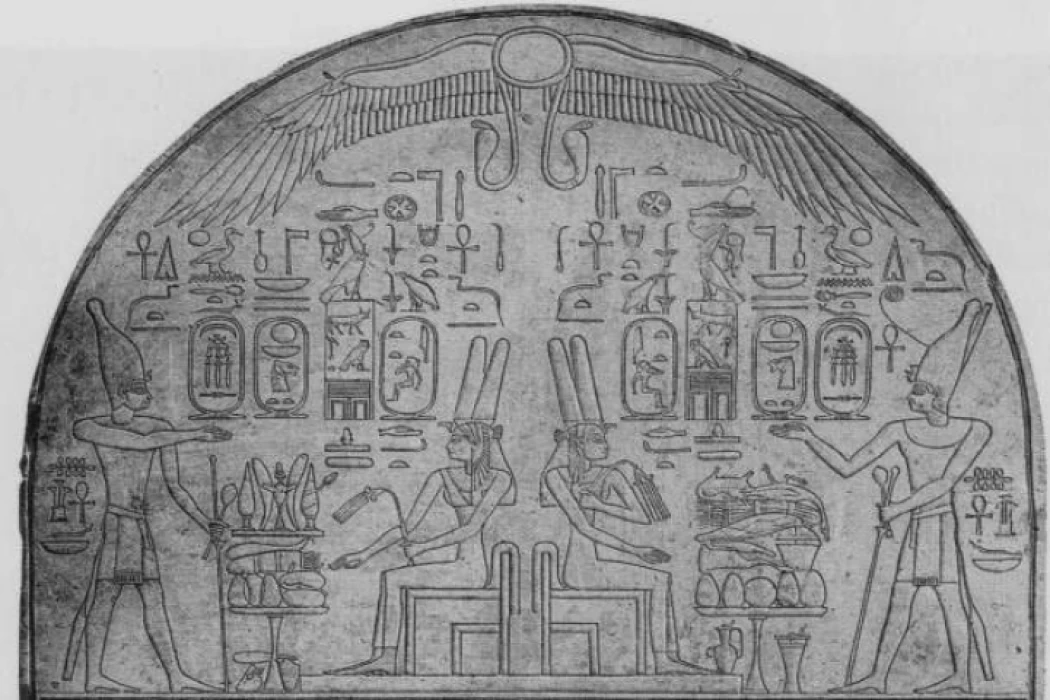
-webp.webp)
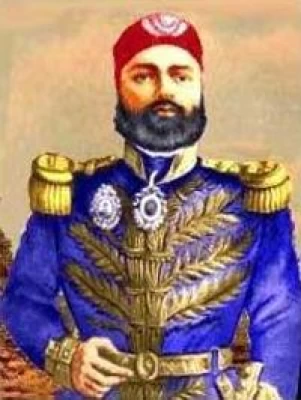
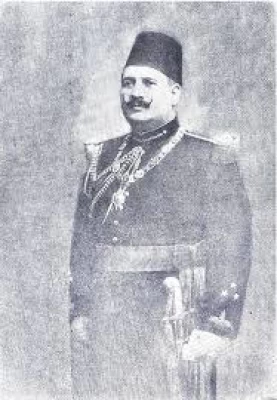
-webp.webp)
-webp.webp)













